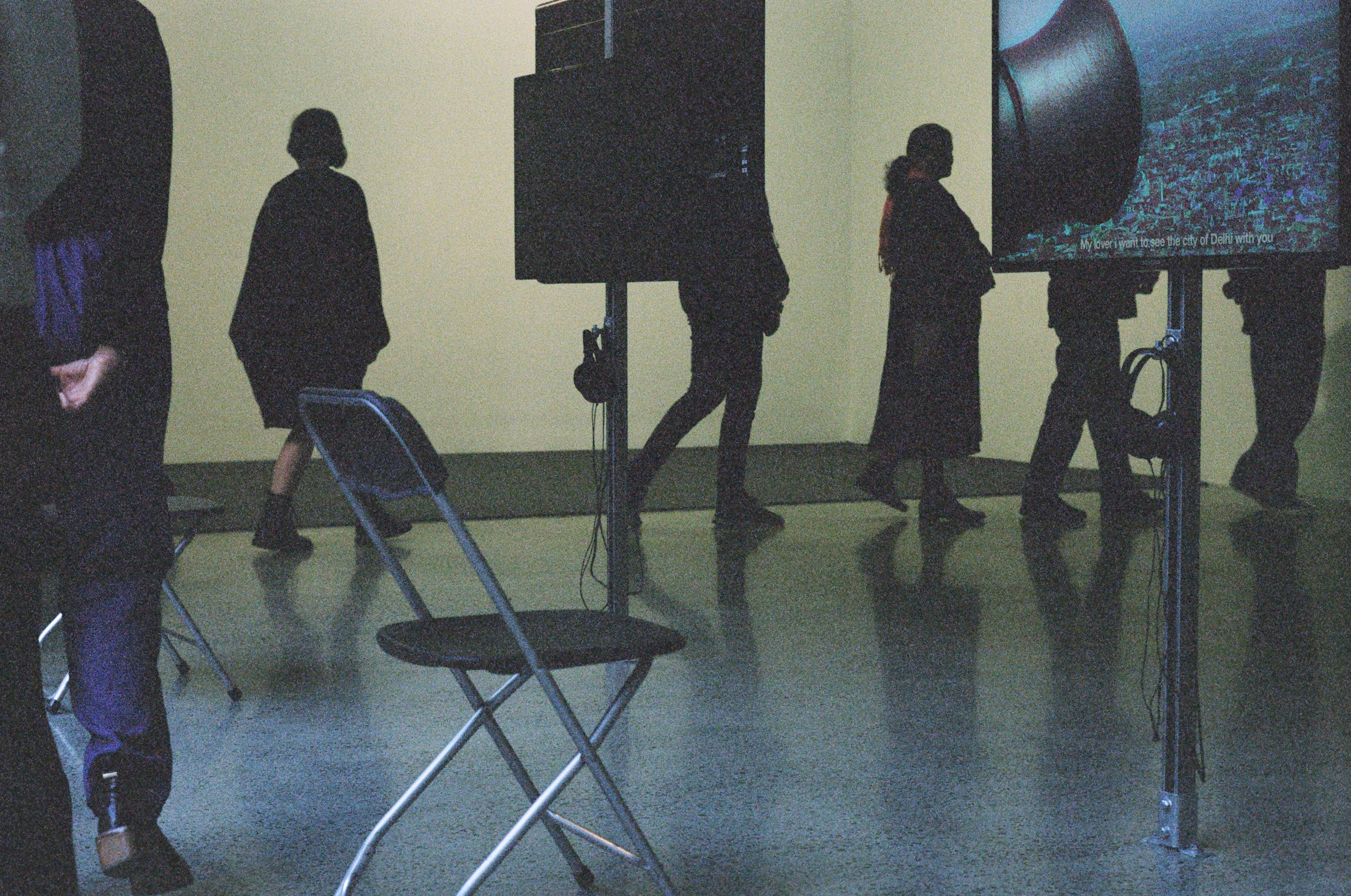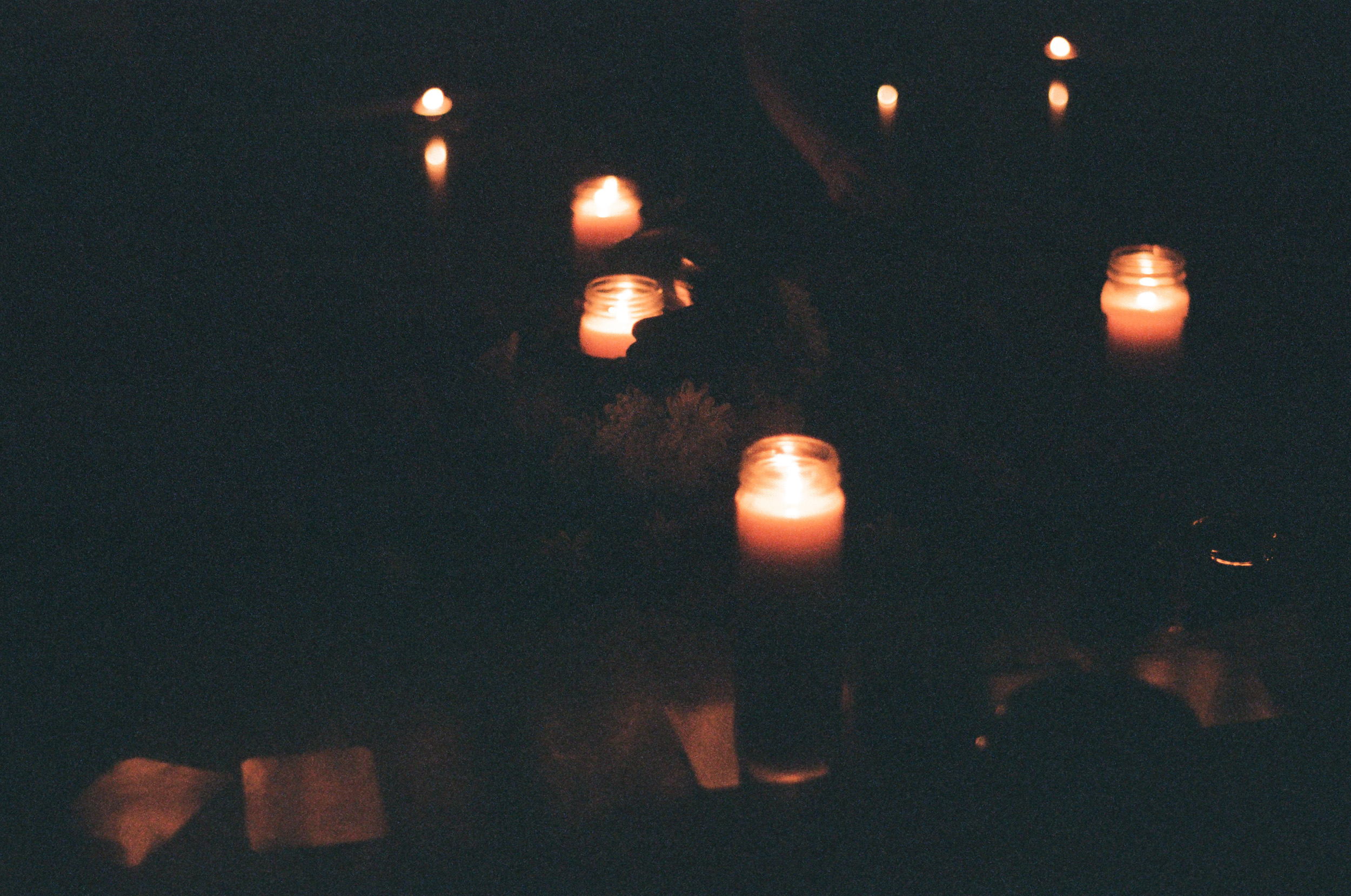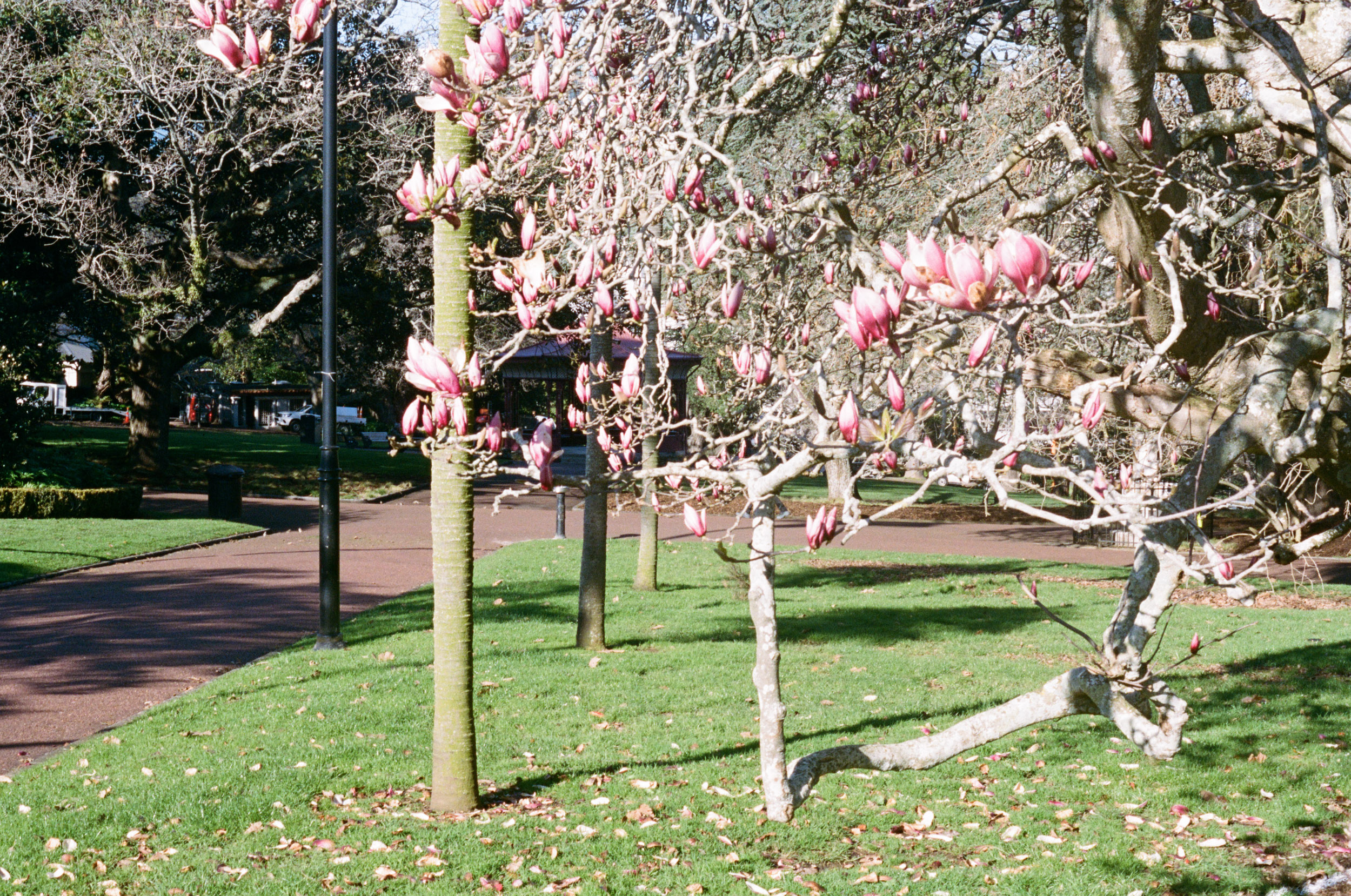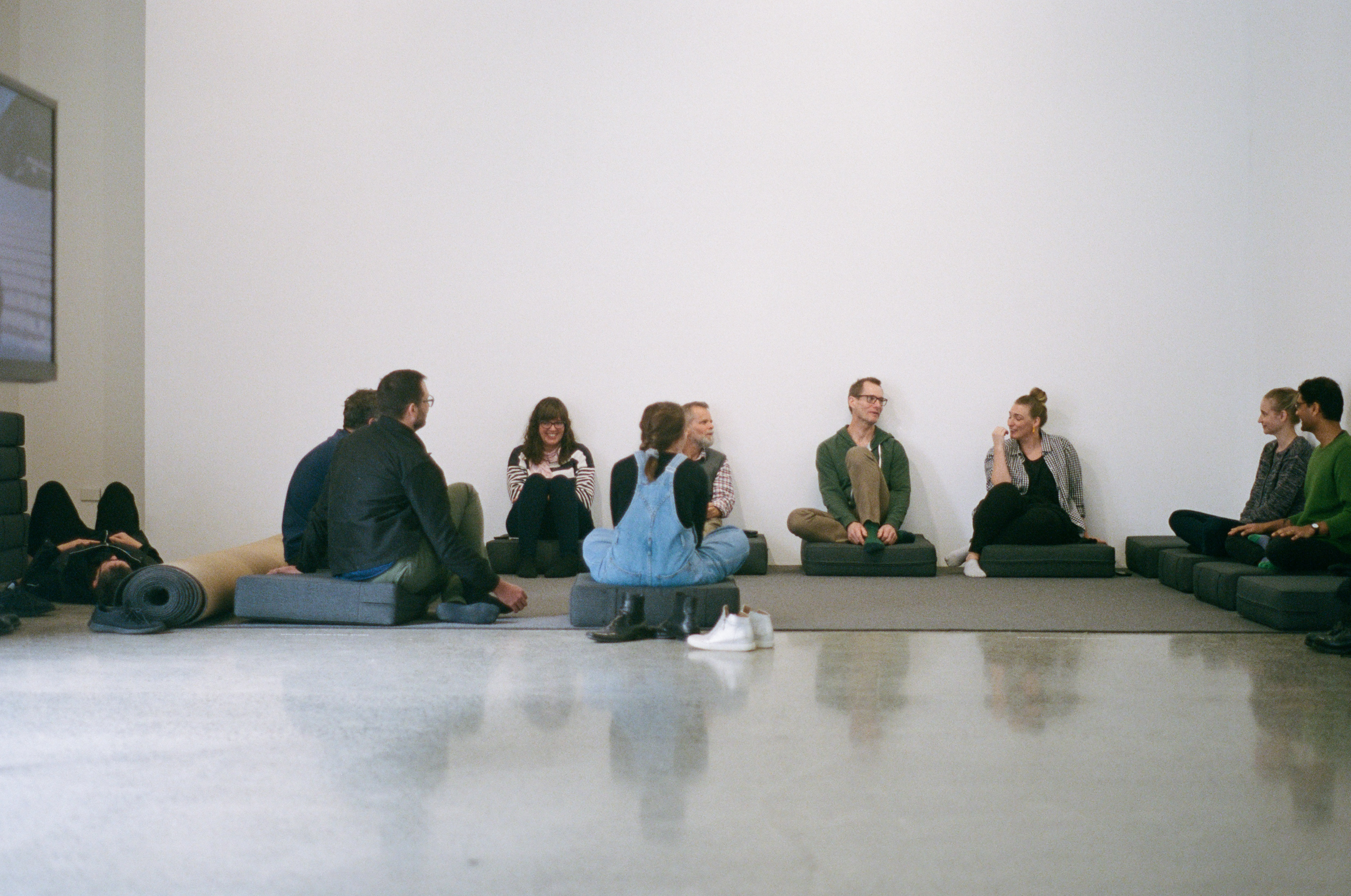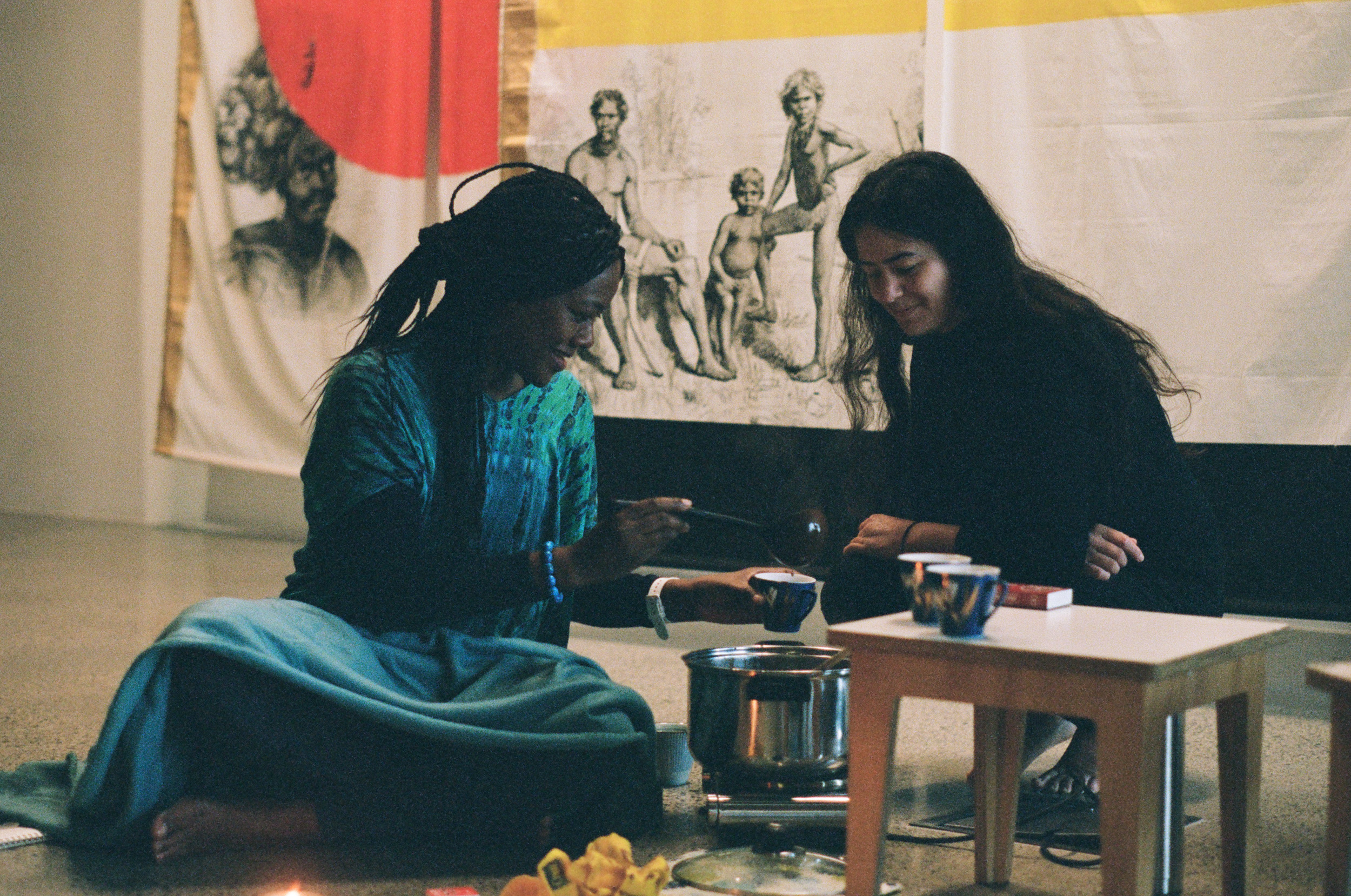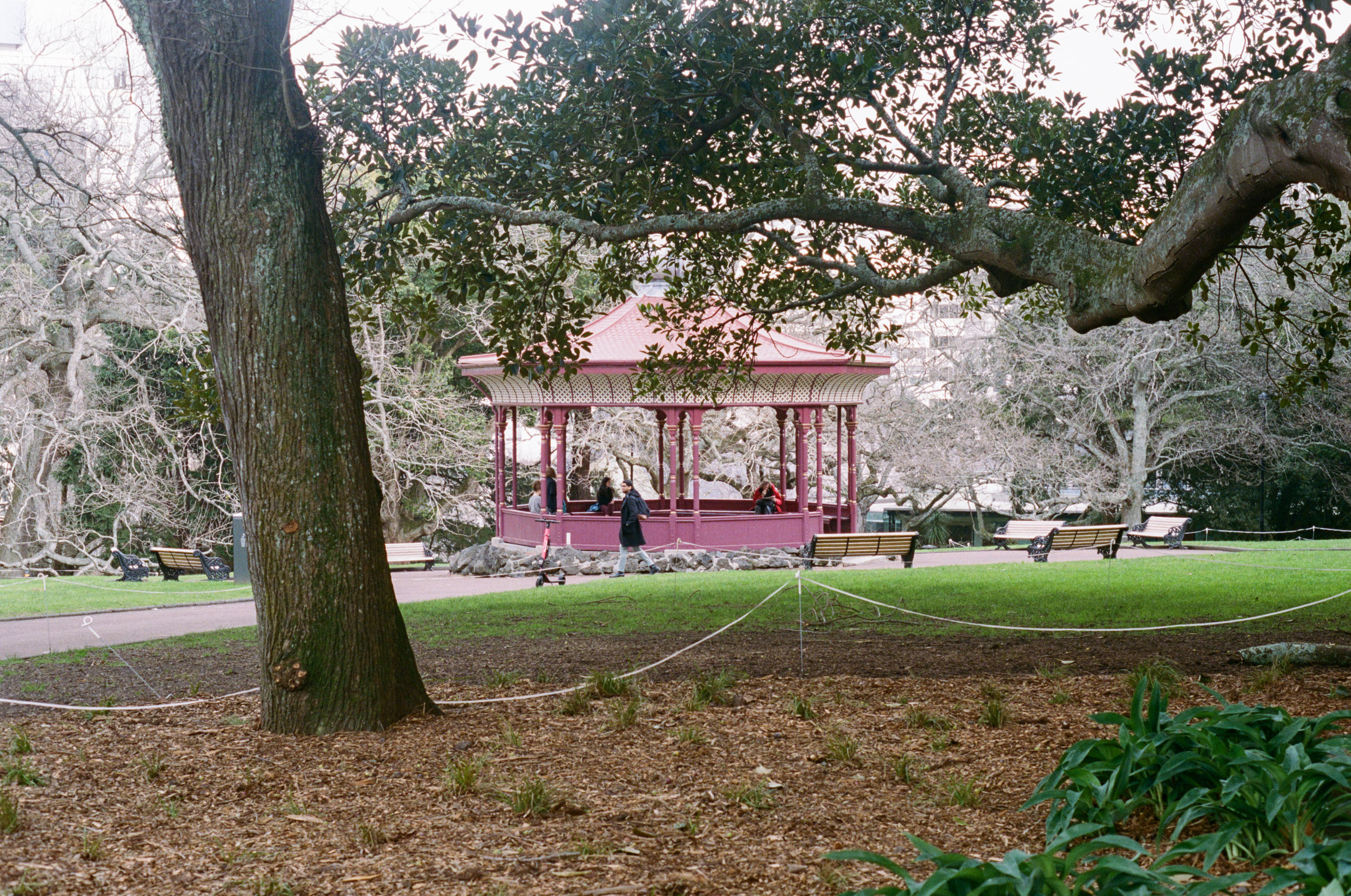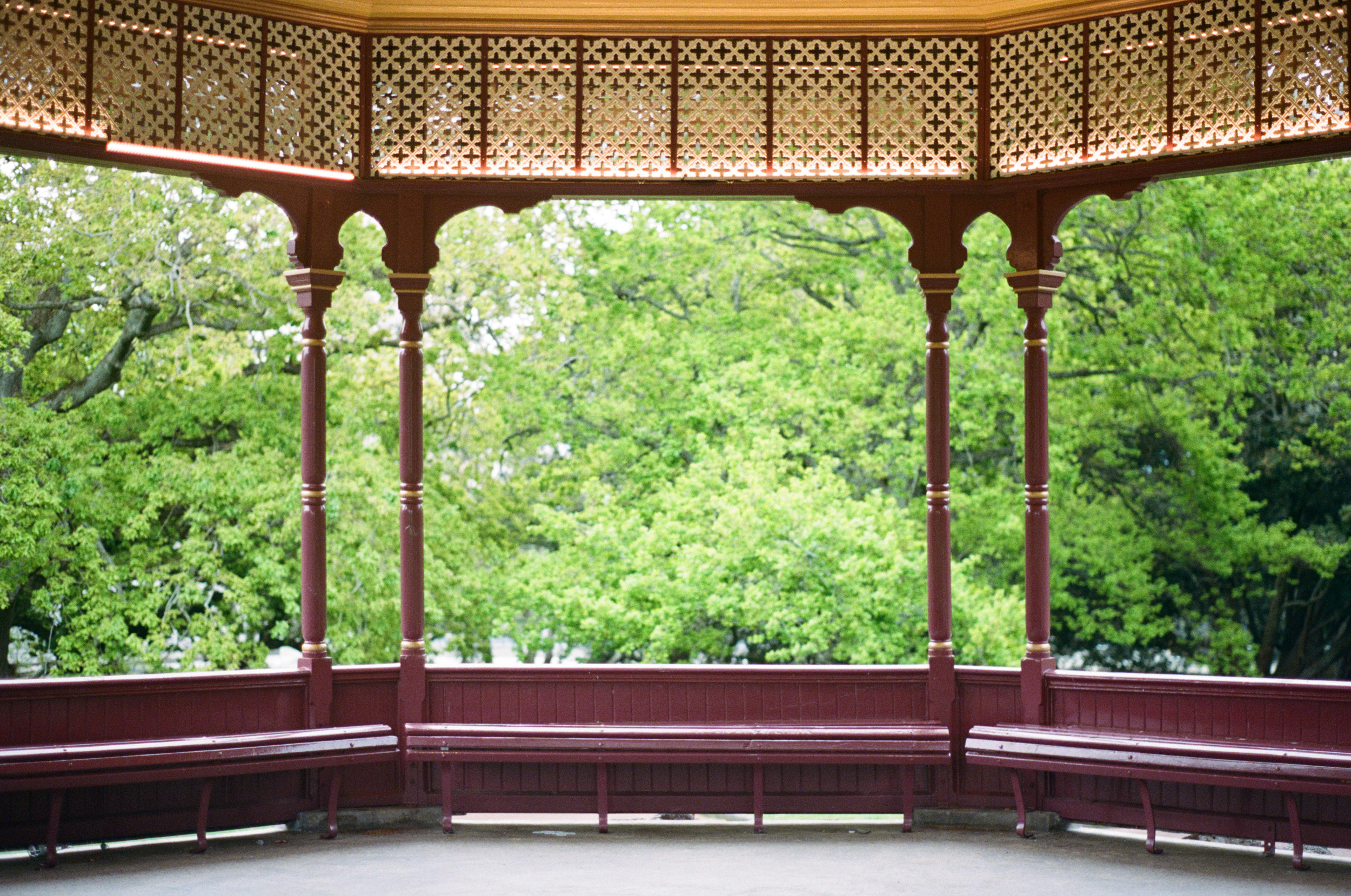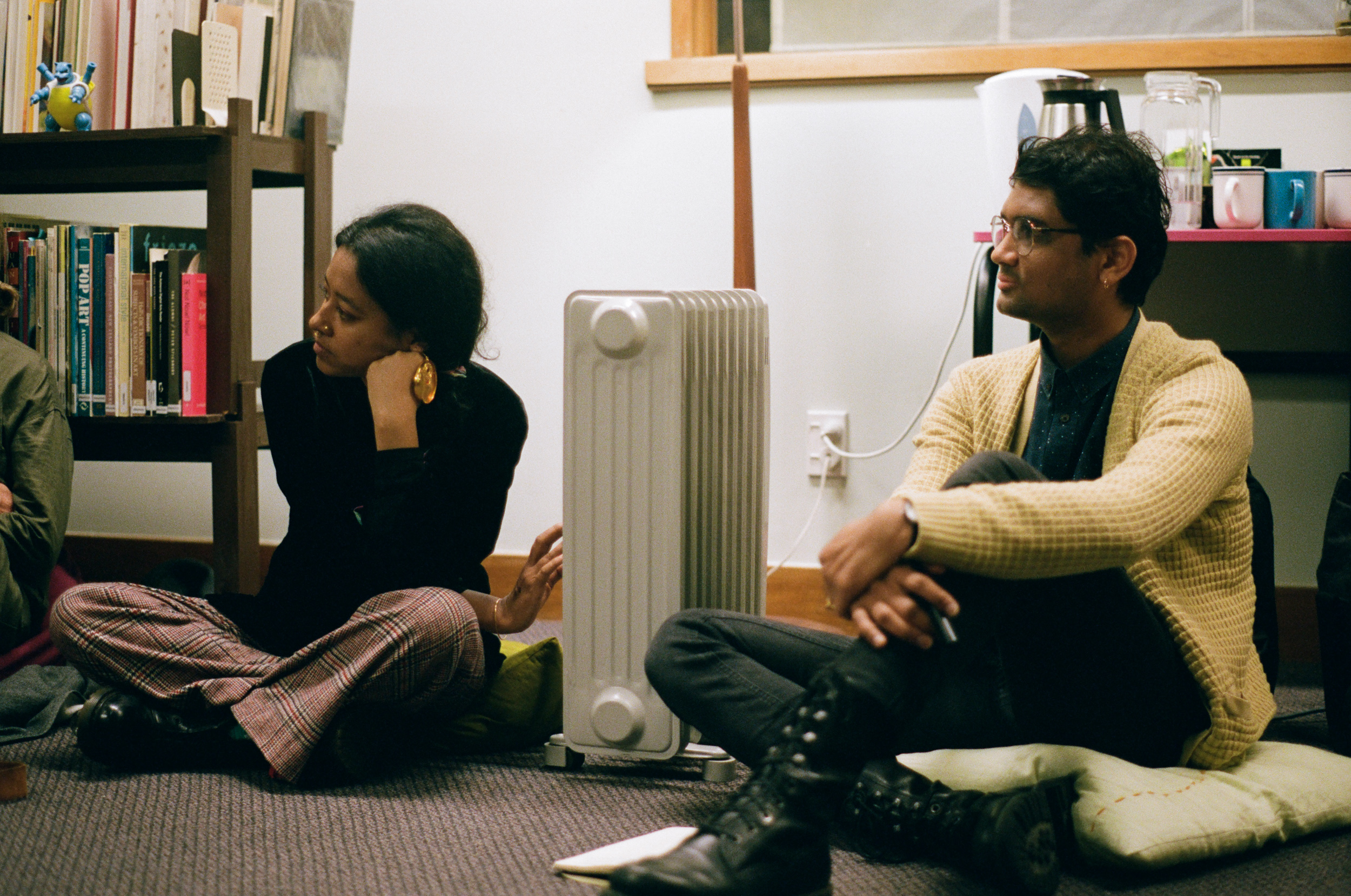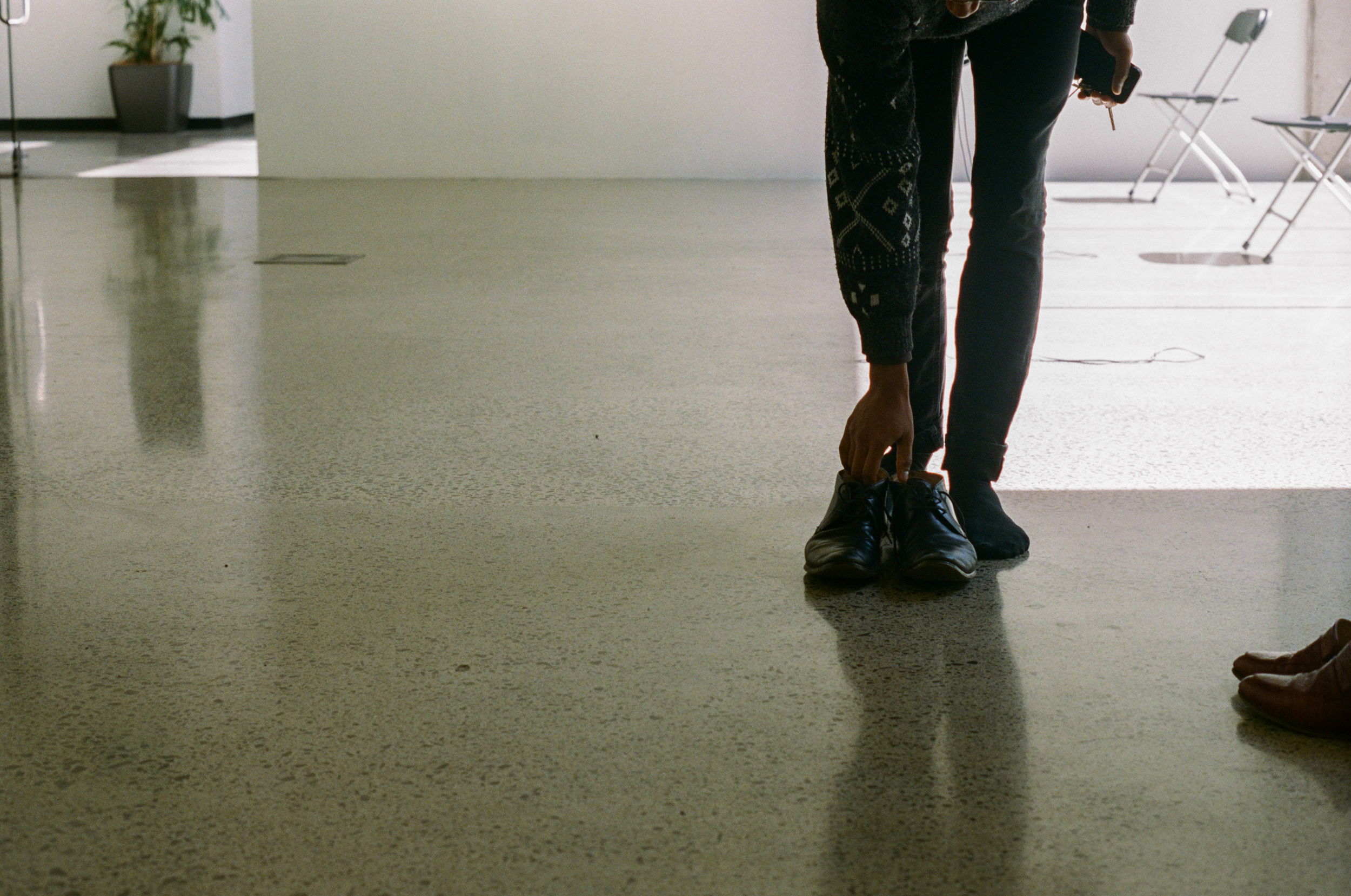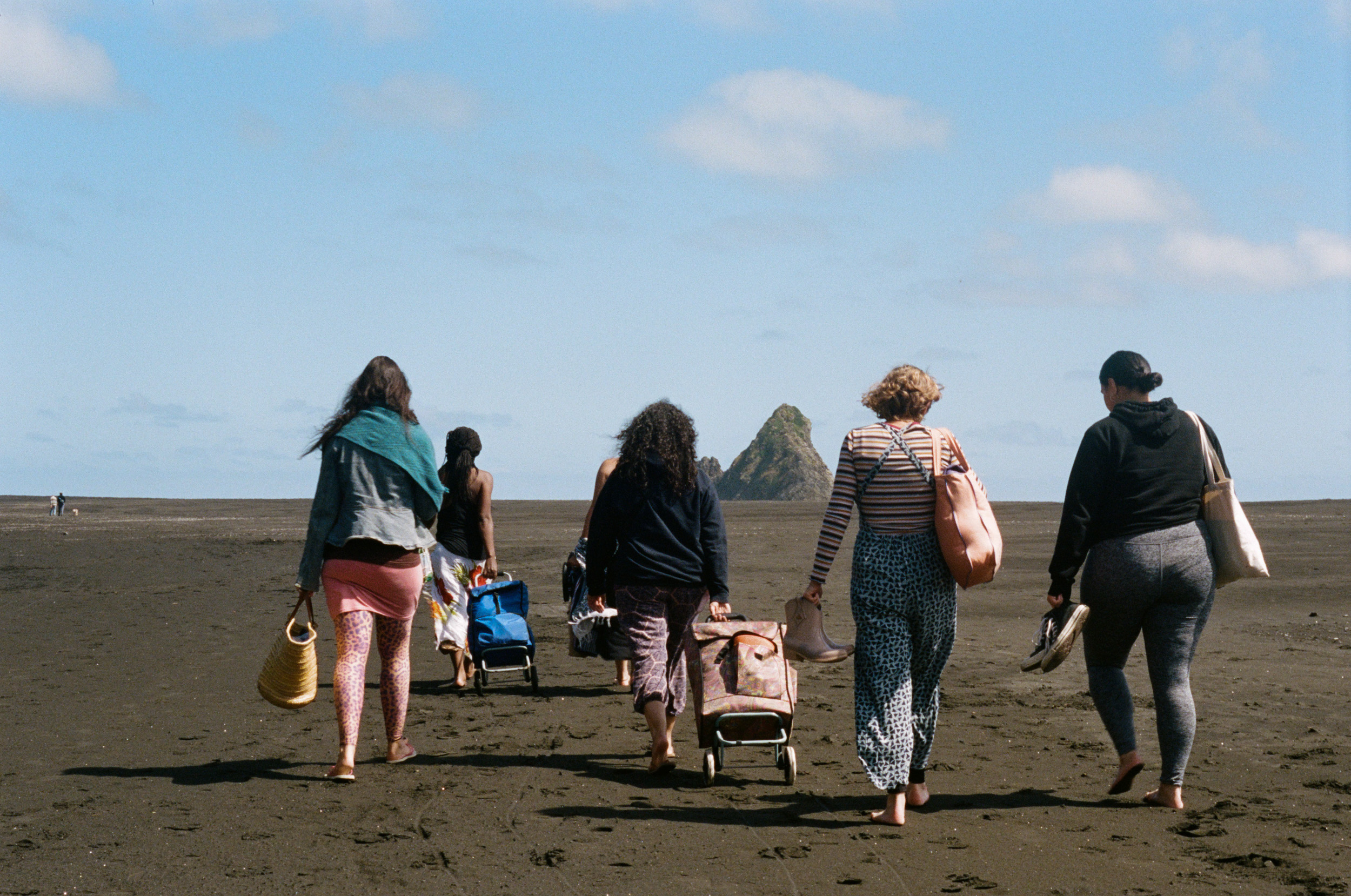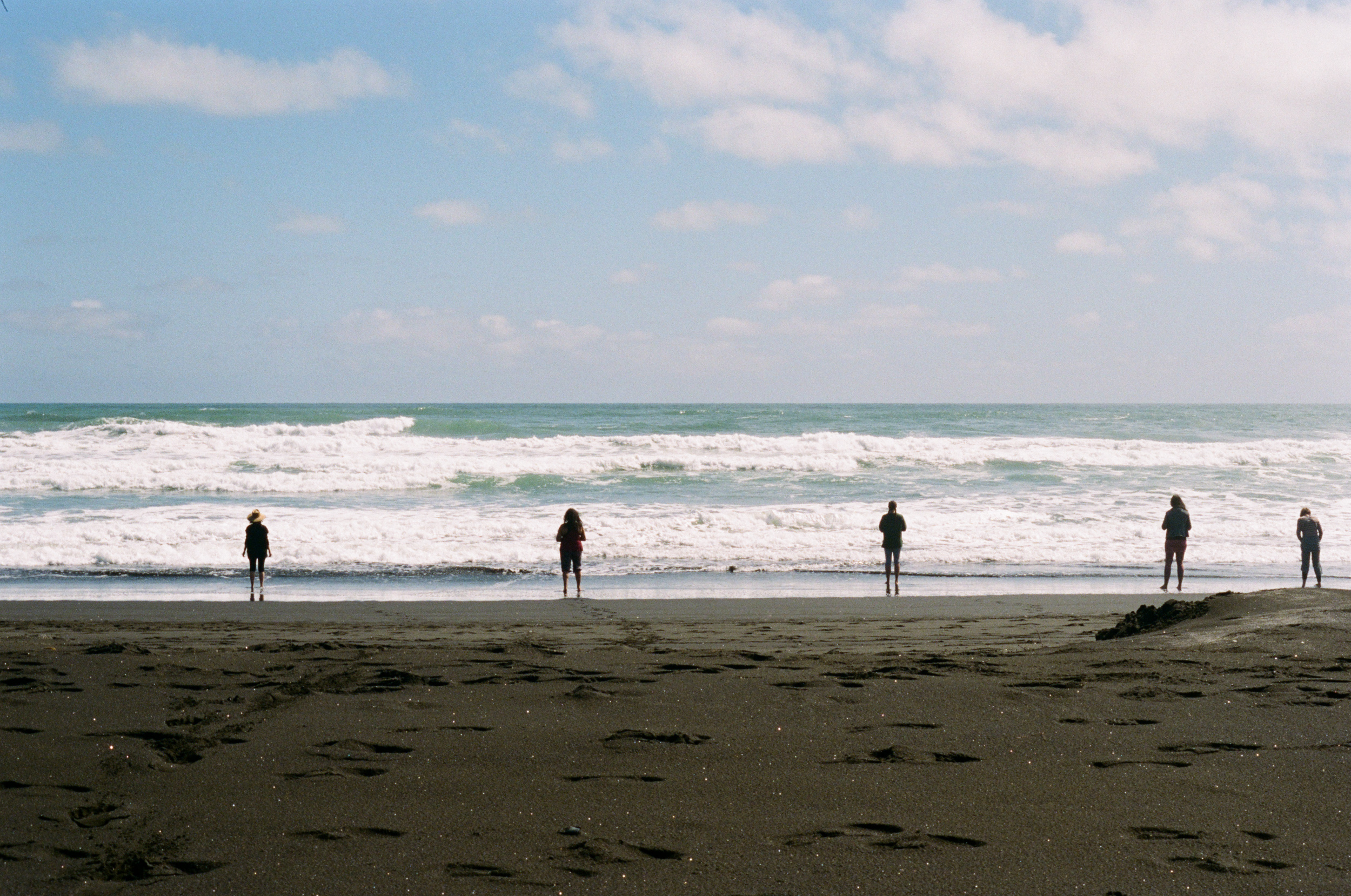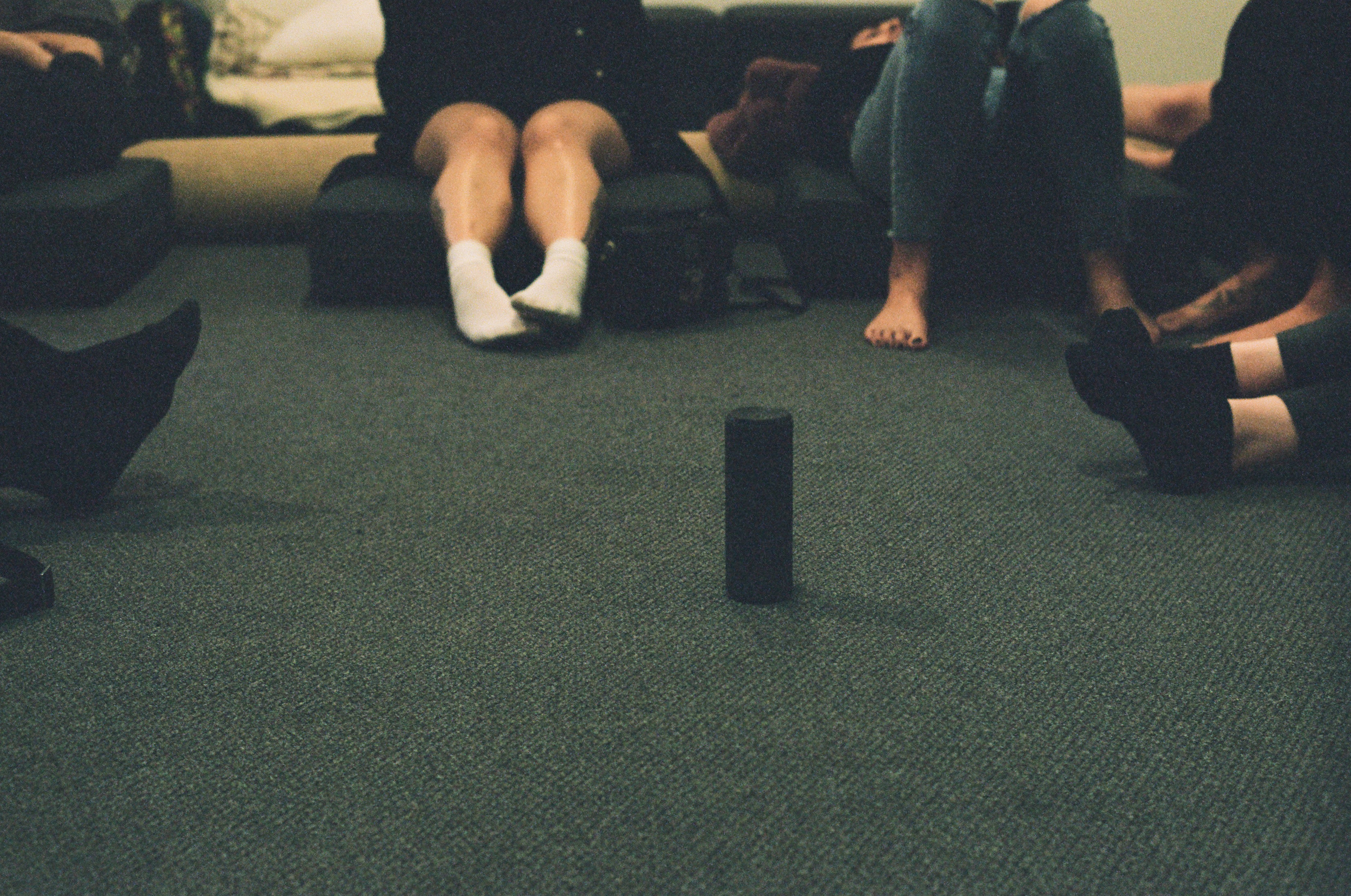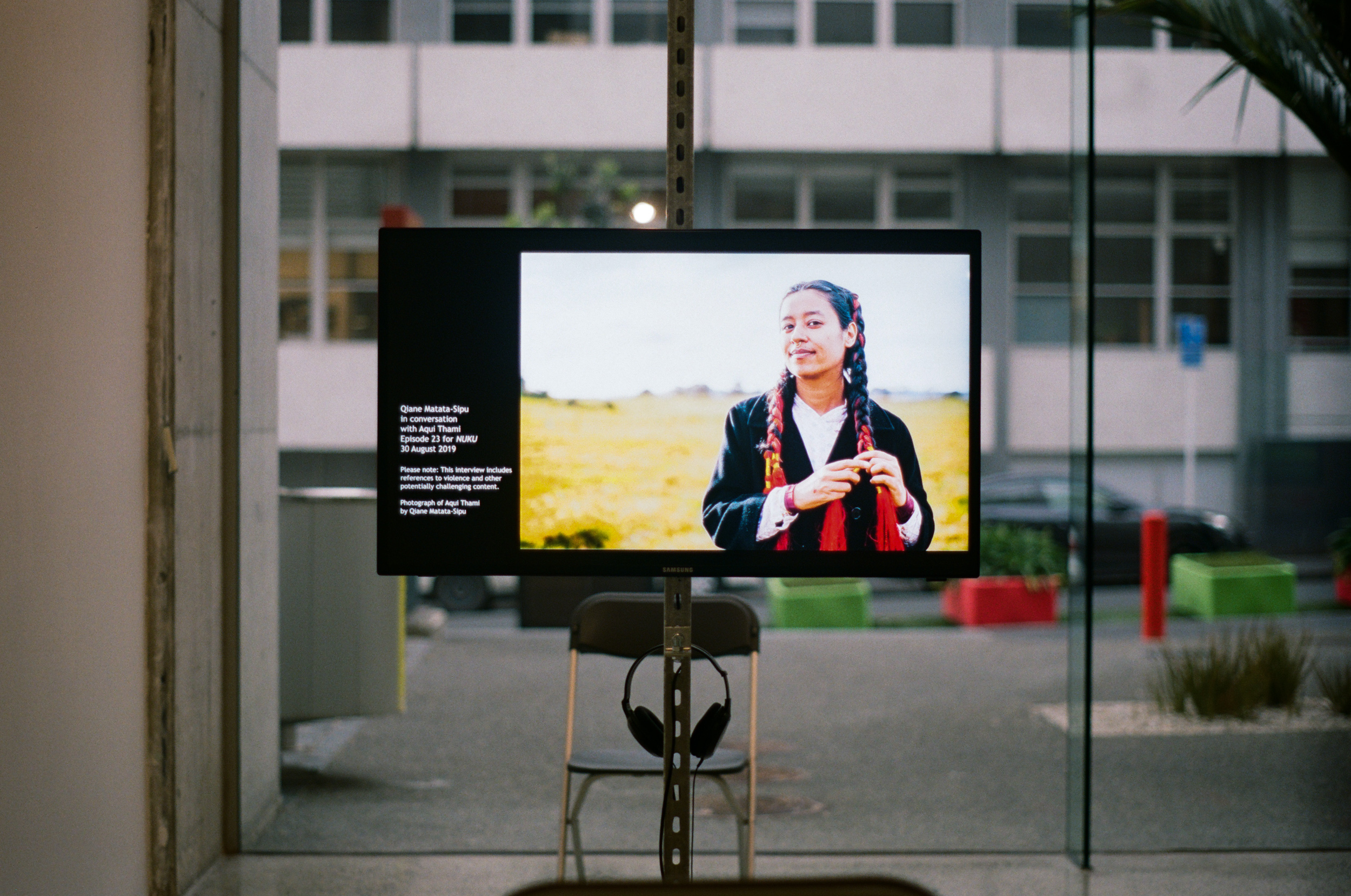How to Live Together
Brook Andrew, Christian Nyampeta, The Otolith Group, Deborah Rundle, Sriwhana Spong
Chris Braddock with dialogue group, Sam Hamilton, Hetain Patel, Pallavi Paul, Bridget Reweti
Qiane Matata-Sipu, Kalisolaite 'Uhila, Poata Alvie McKree, Sister Library with Samoa House Library, James Tapsell-Kururangi
Curated by Balamohan Shingade
ST PAUL St Galleries One and Two, Front Box, Samoa House Library, the residence of Helen Jean Linton in Rotorua, and other offsite locations
Opening Thursday 11 July, 5.30pm
12 July 2019 - 18 October 2019
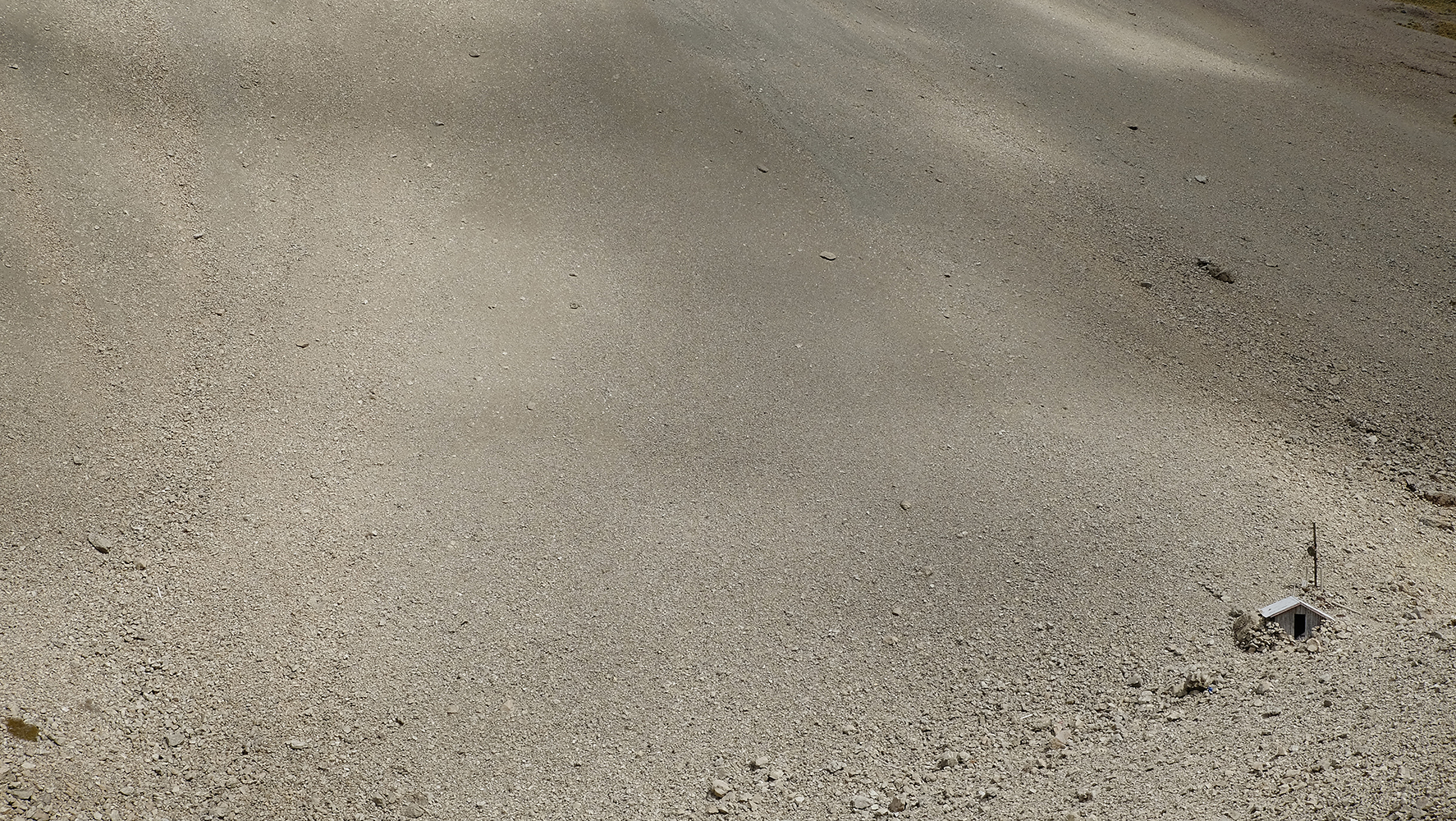
Bridget Reweti, Playground of the Gods, 2019. Digital photograph. Courtesy of the artist.
How to Live Together: exhibition guide (version 1.2), exhibition resource
Christian Nyampeta, Sometimes It Was Beautiful screening daily 12.15pm and 3.15pm
The Otolith Group, O Horizon screening daily 10.45am and 1.45pm
Sriwhana Spong, The Painter-Tailor screening daily 10am, 1pm and 4pm
Kalisolaite 'Uhila, 5 Minutes, an invitation to observe silence for 5 minutes every Monday, 9am at the Rotunda, Albert Park
Poata Alvie McKree will hold three Art as Medicine gatherings for women. To register your interest to attend any or all of the gatherings below, please email: kiaora@alviemckree.nz
Hōngongoi: Movement as Medicine, St Paul St Gallery, Thursday 25 July, 5.30pm
Hereturikōkā: Women's wisdom, St Paul St Gallery, Sunday 25 August, 2pm - 5pm
Mahuru: E Hine E, Wednesday 25 September, time and location TBC
For more works and details, please see exhibition guide.
For his 1976–77 lecture course How to Live Together, Roland Barthes borrows a concept from monastic traditions to study forms of communal life. The word idiorrhythmy, which is composed of idios and rhuthmos, ‘one’s own rhythm’, refers to the lifestyles of monastics who live alone but are dependent on a monastery; it is a type of sociability that respects differing rhythms, temperaments and needs. In his course, Barthes opens idiorrhythmy outward from the field of religion to other everyday spaces that “attempt to reconcile collective life with individual life, the independence of the subject with the sociability of the group,” community and solitude.[1]
As part of this year’s programming shift at St Paul St Gallery, this is the invitation to artists and others: For the duration of Semester Two at Auckland University of Technology, let us inhabit How to Live Together as an ongoing enquiry, and this exhibition as a scene or a course guided by the coupled question: What is the intimacy we must develop to create a community? What is the distance we must maintain to retain our solitude?
Here, idiorrhythmy also names the curatorial methodology; it is an experiment in reconciling the differing speeds and slownesses of each project within the format of an exhibition. The exhibition is not defined and contained a priori, but by way of artwork coming and going, with moving parts within the whole, idiorrhythmy allows an exhibition-project or enquiry to unfold progressively, “to weave along horizontally, from one case to the next, via bridges and bifurcations, each case eventually leading to the next and merging into it.”[2] Not everything may be visible or unequivocal at various stages, but by the end, an experience will have been lived through, a landscape sketched in, an approach figured for a life together.
[1] Claude Coste, preface to How to Live Together: Novelistic simulations of some everyday spaces, notes for a lecture course and seminar at the Collège de France (1976–77) by Roland Barthes, translated by Kate Briggs (New York: Columbia University Press, 2013), xxii.
[2] François Jullien, The Propensity of Things: Toward a History of Efficacy in China, translated by Janet Lloyd (New York: Zone Books, 1999), 124.
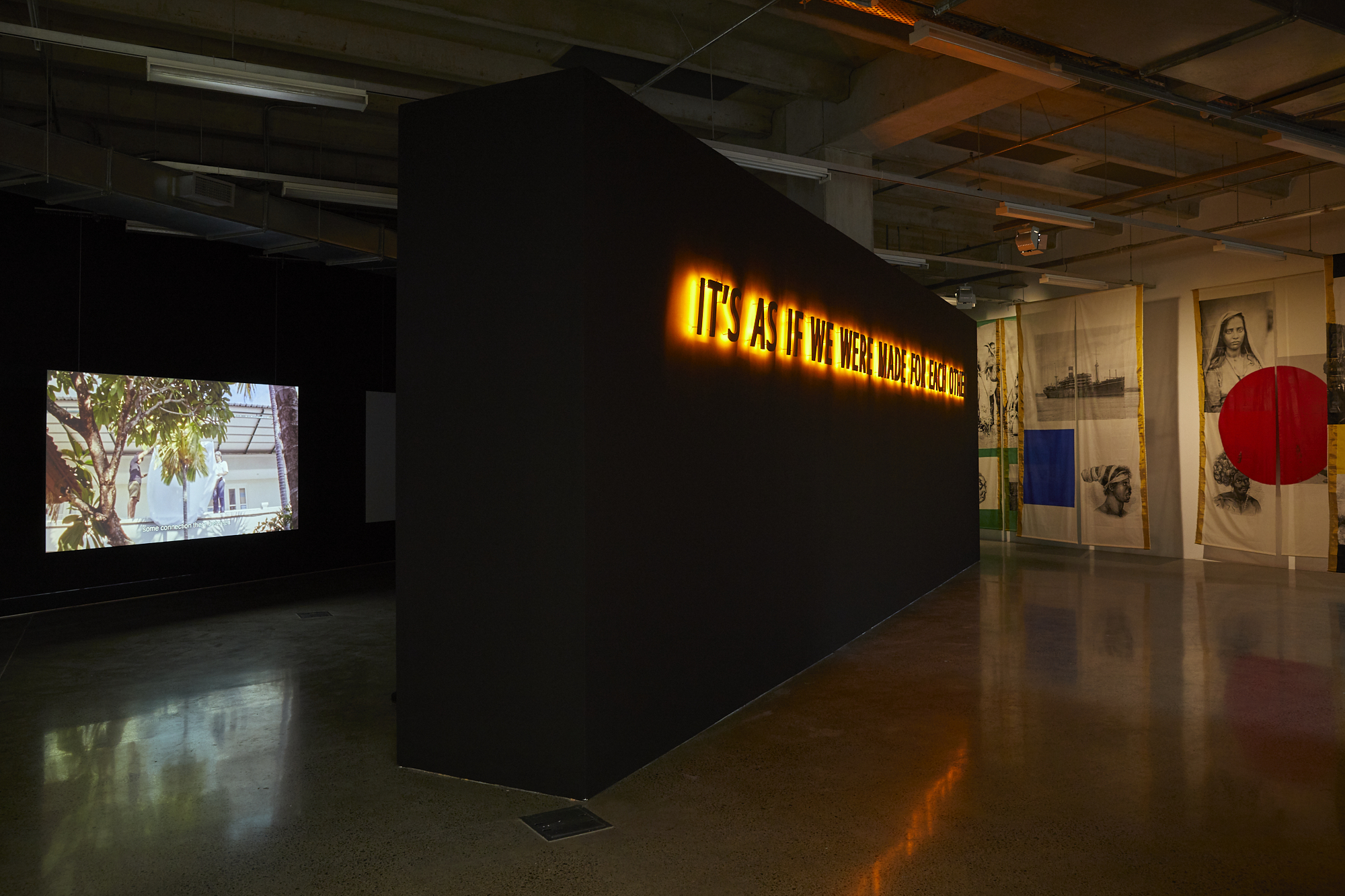
From left: Sriwhana Spong, The Painter-Tailor, 2019; Deborah Rundle, Made for Each Other, 2019; Brook Andrew, Inconsequential I - VI, 2018. Photo courtesy of Sam Hartnett.
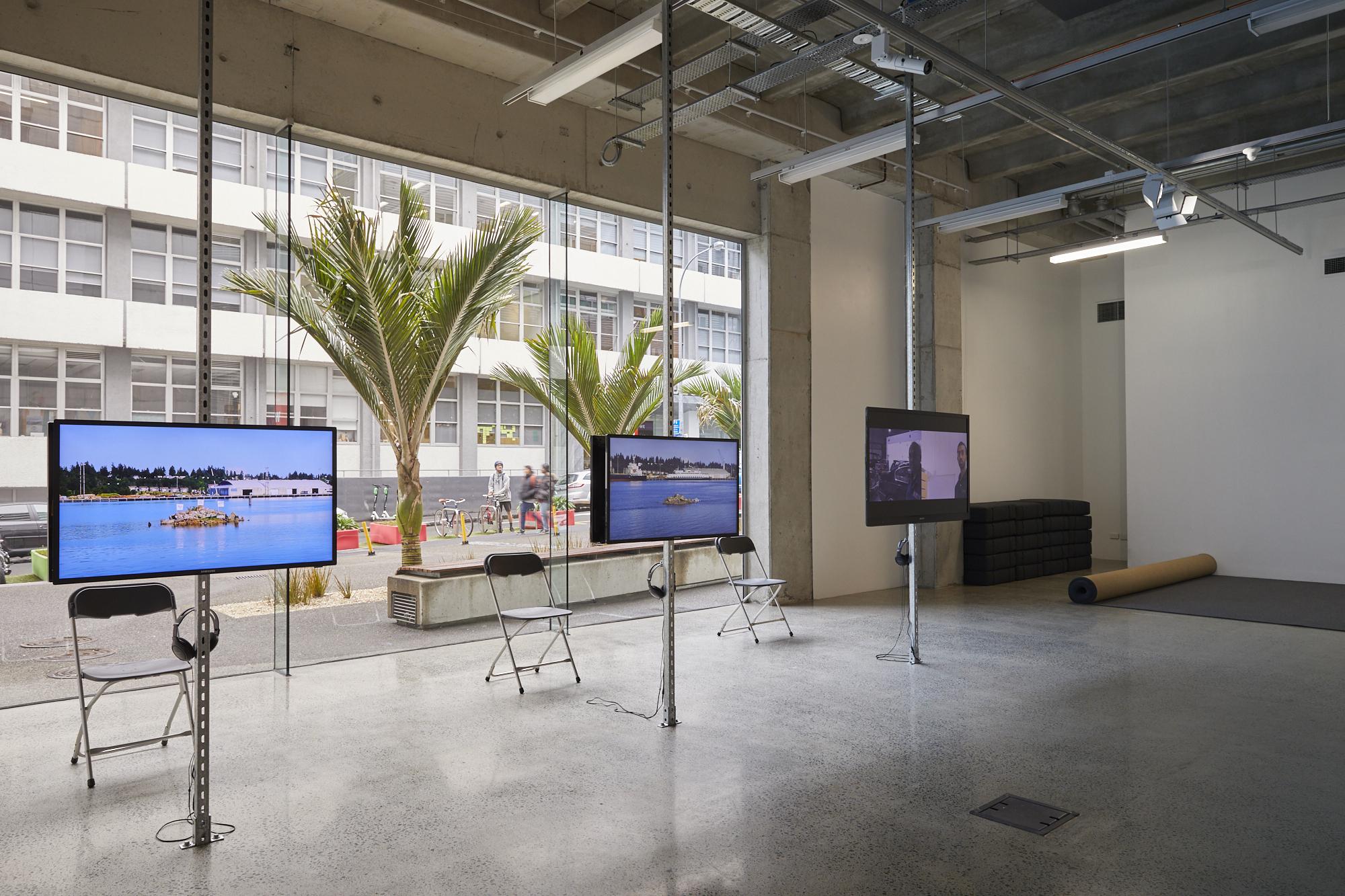
From left: Sam Hamilton, Sovereignism, 2011; Sam Hamilton, Sovereignism Amendment #1: The Footnote Asterisk, 2019; Hetain Patel, To Dance Like Your Dad, 2009; Chris Braddock with dialogue group, Invitation to Dialogue, 2018–ongoing. Photo courtesy of Sam Hartnett.
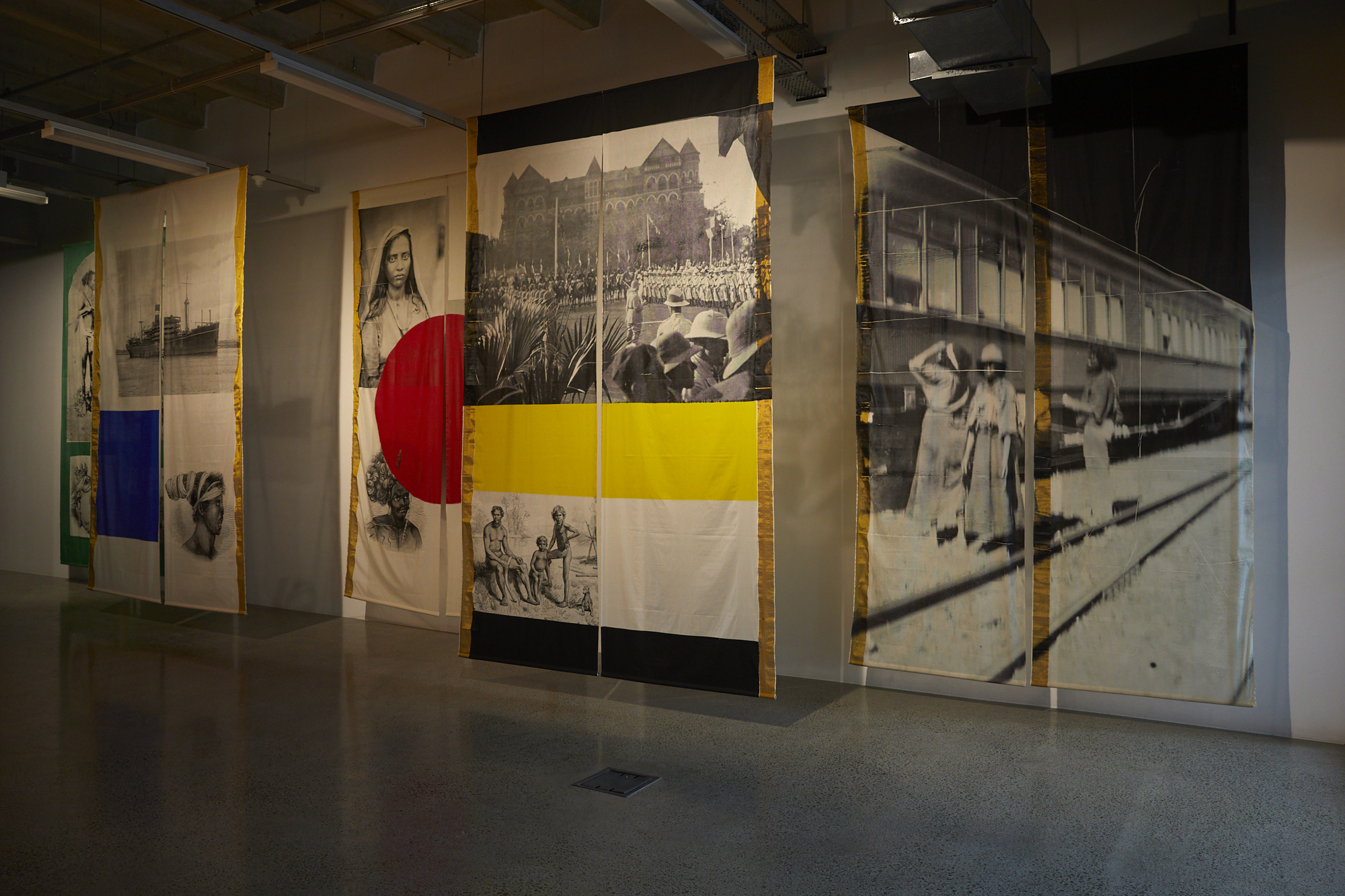
Brook Andrew, Inconsequential I - VI, 2018. Screen print on cotton. Photo: Sam Hartnett.
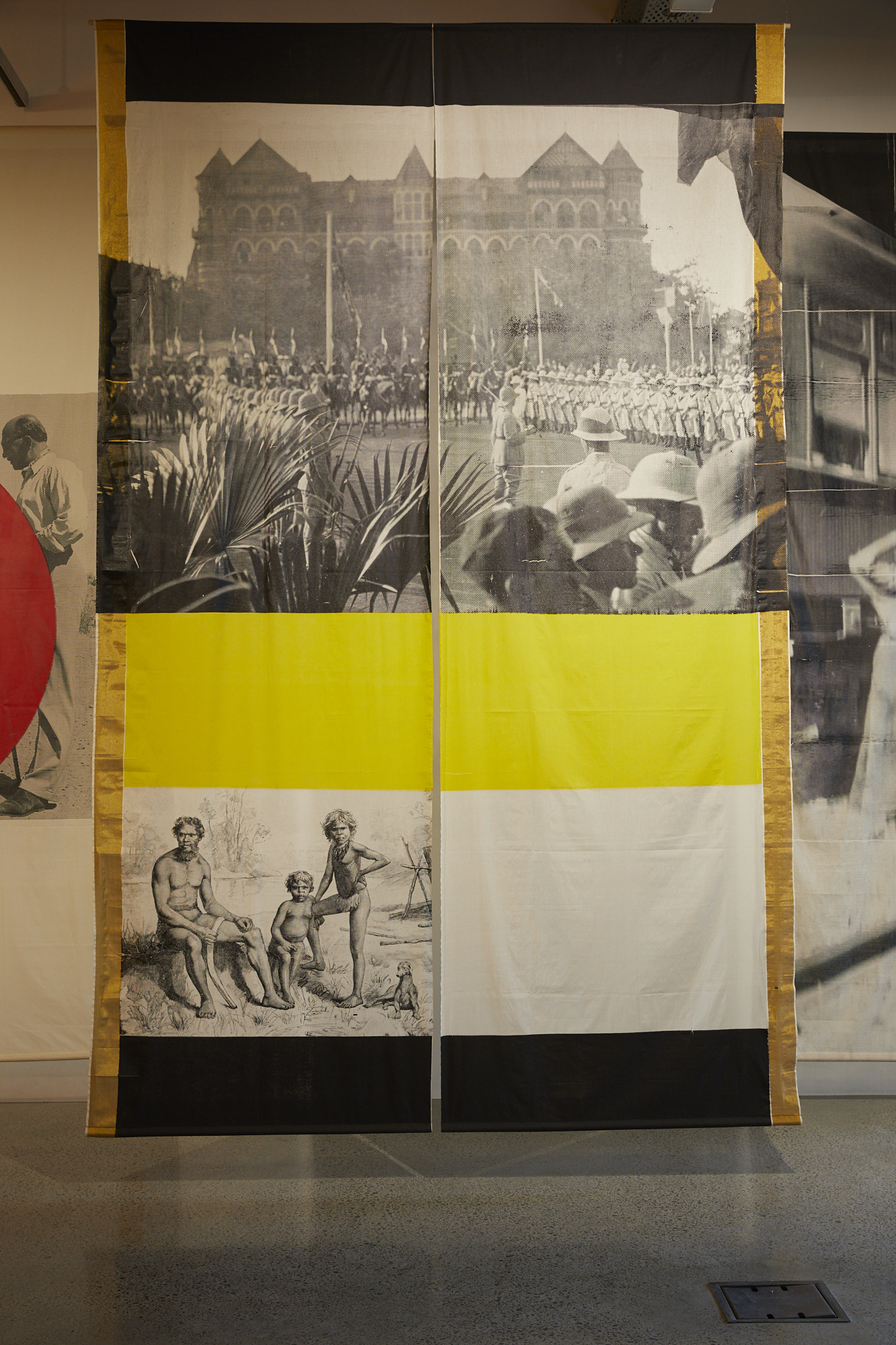
Brook Andrew, Inconsequential I - VI, 2018. Screen print on cotton. Photo: Sam Hartnett.
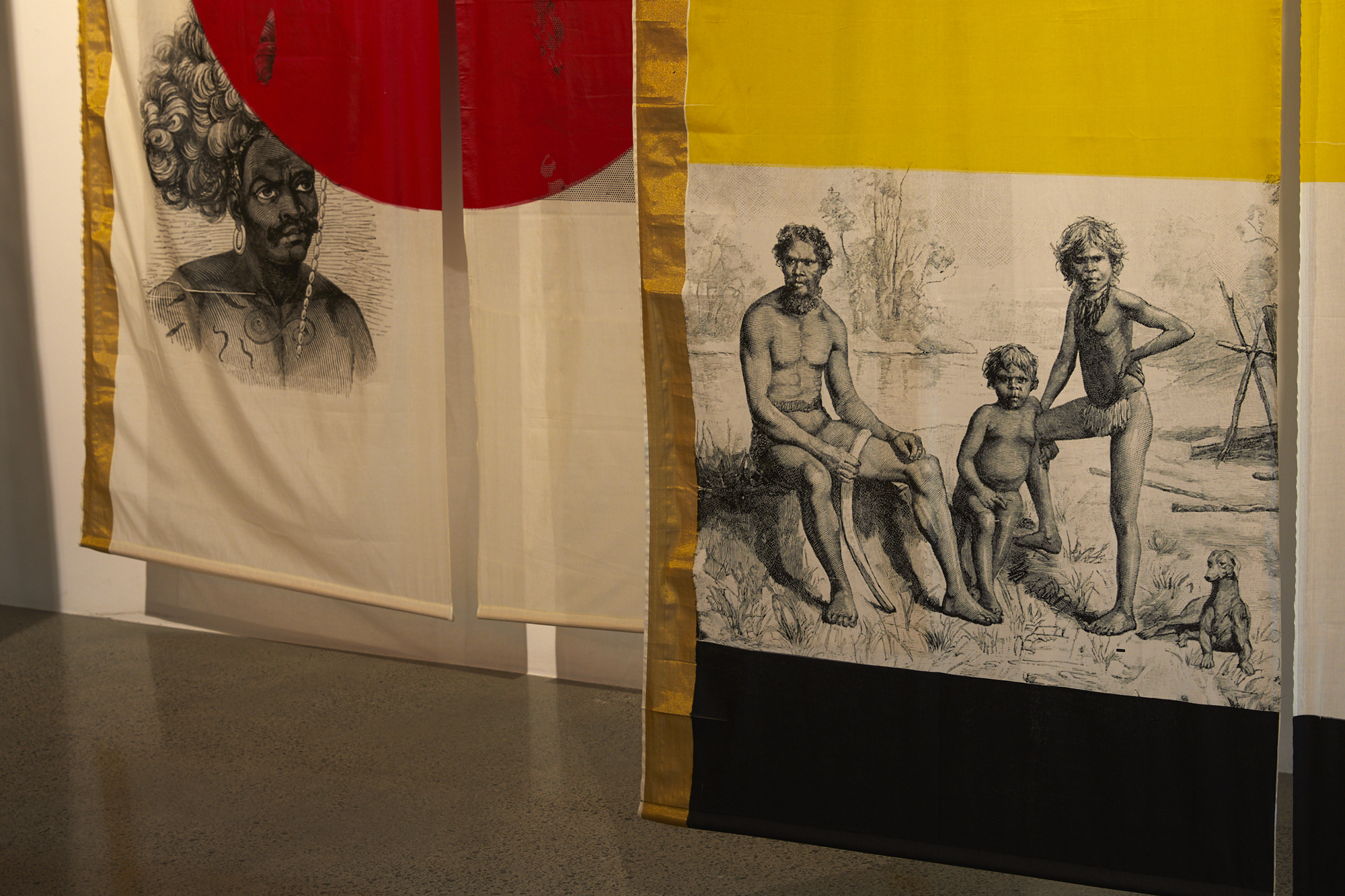
Brook Andrew, Inconsequential I - VI, 2018. Screen print on cotton. Photo: Sam Hartnett.
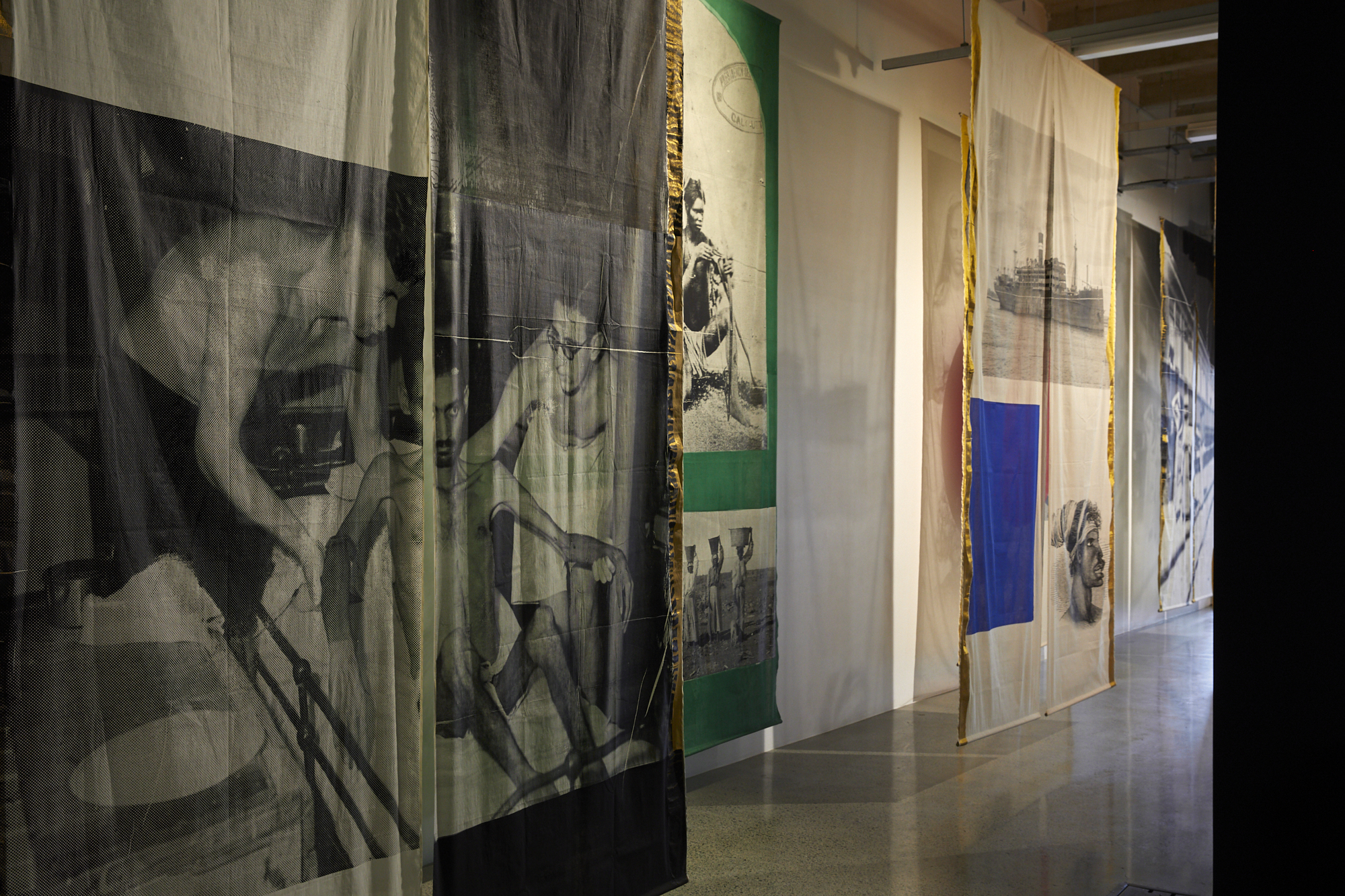
Brook Andrew, Inconsequential I - VI, 2018. Screen print on cotton. Photo: Sam Hartnett.
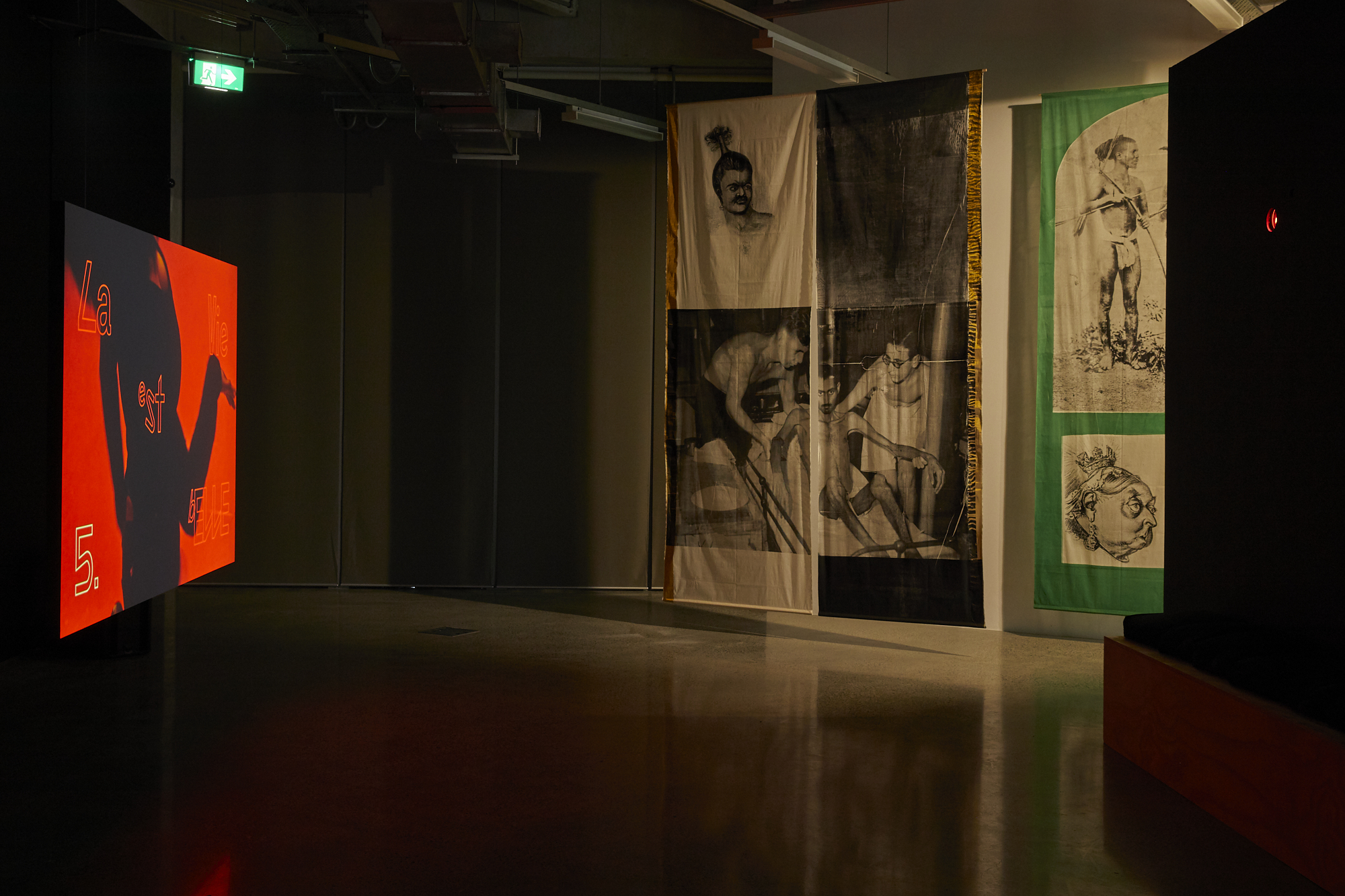
From left: Christian Nyampeta, Sometimes It Was Beautiful, 2018; Brook Andrew, Inconsequential I - VI, 2018. Photo: Sam Hartnett.
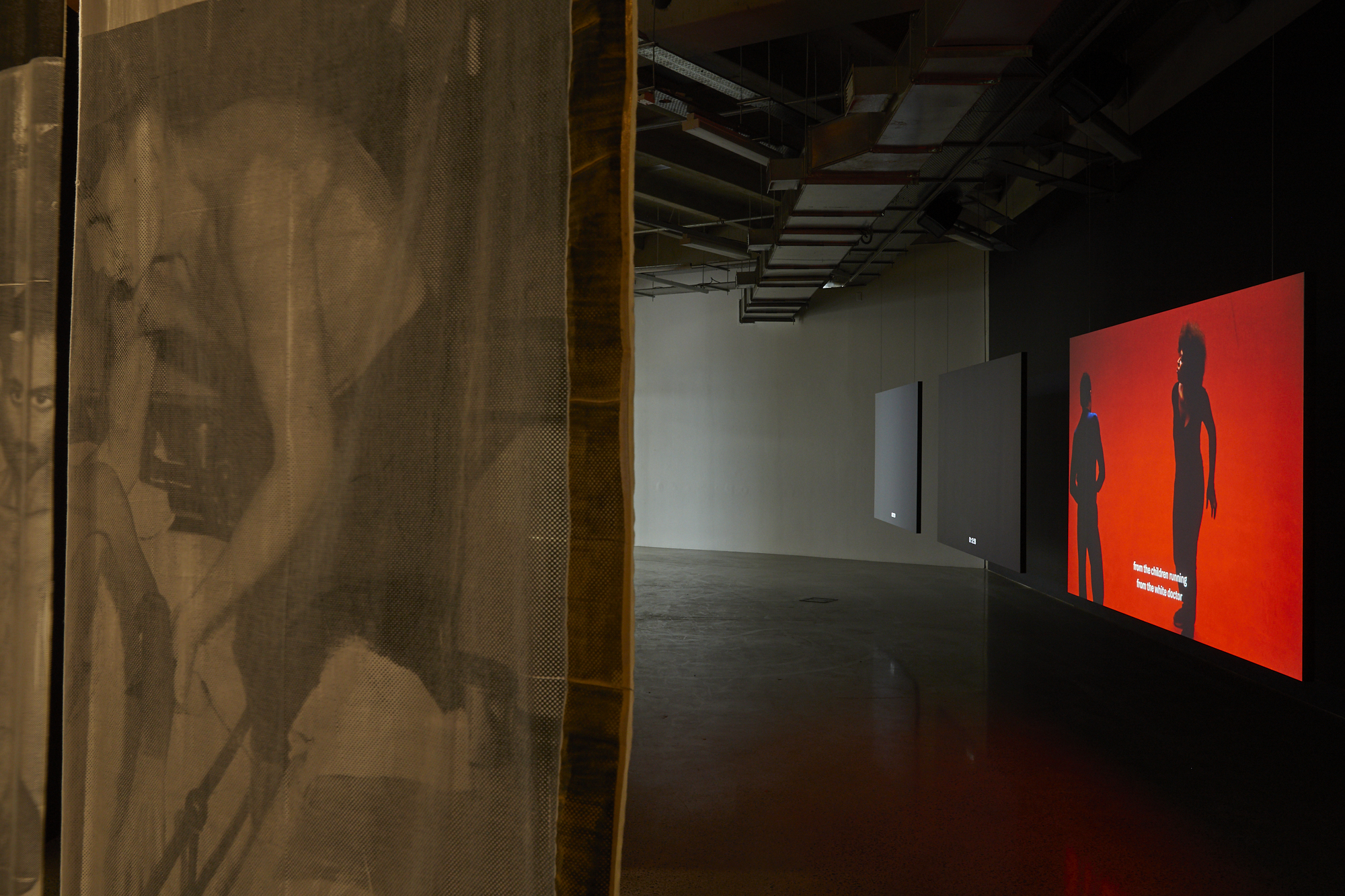
From left: Brook Andrew, Inconsequential I - VI, 2018; Christian Nyampeta, Sometimes It Was Beautiful, 2018. Photo: Sam Hartnett.
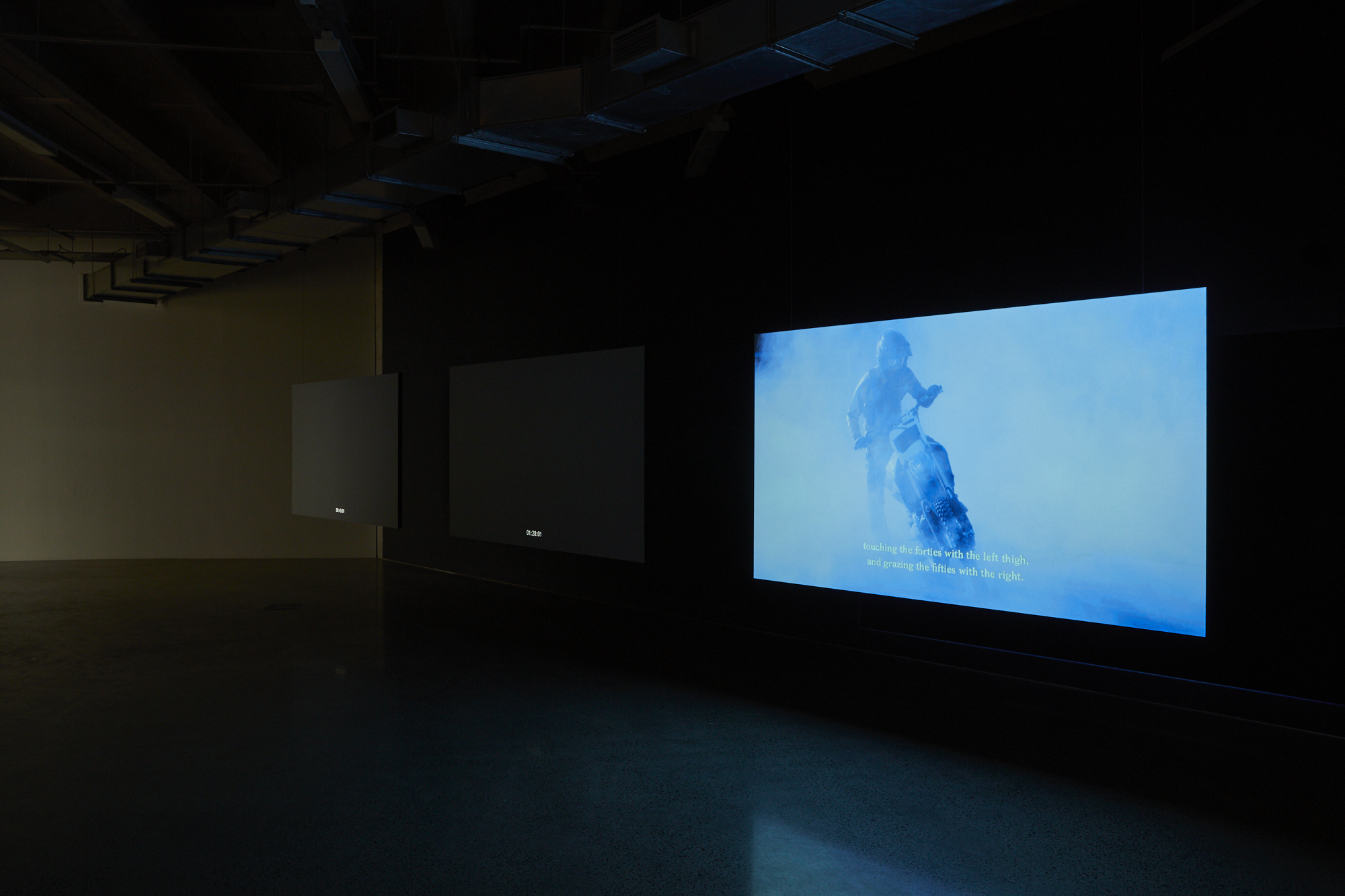
Christian Nyampeta, Sometimes It Was Beautiful, 2018. Single channel HD video, sound, 37mins 43sec. Photo: Sam Hartnett.
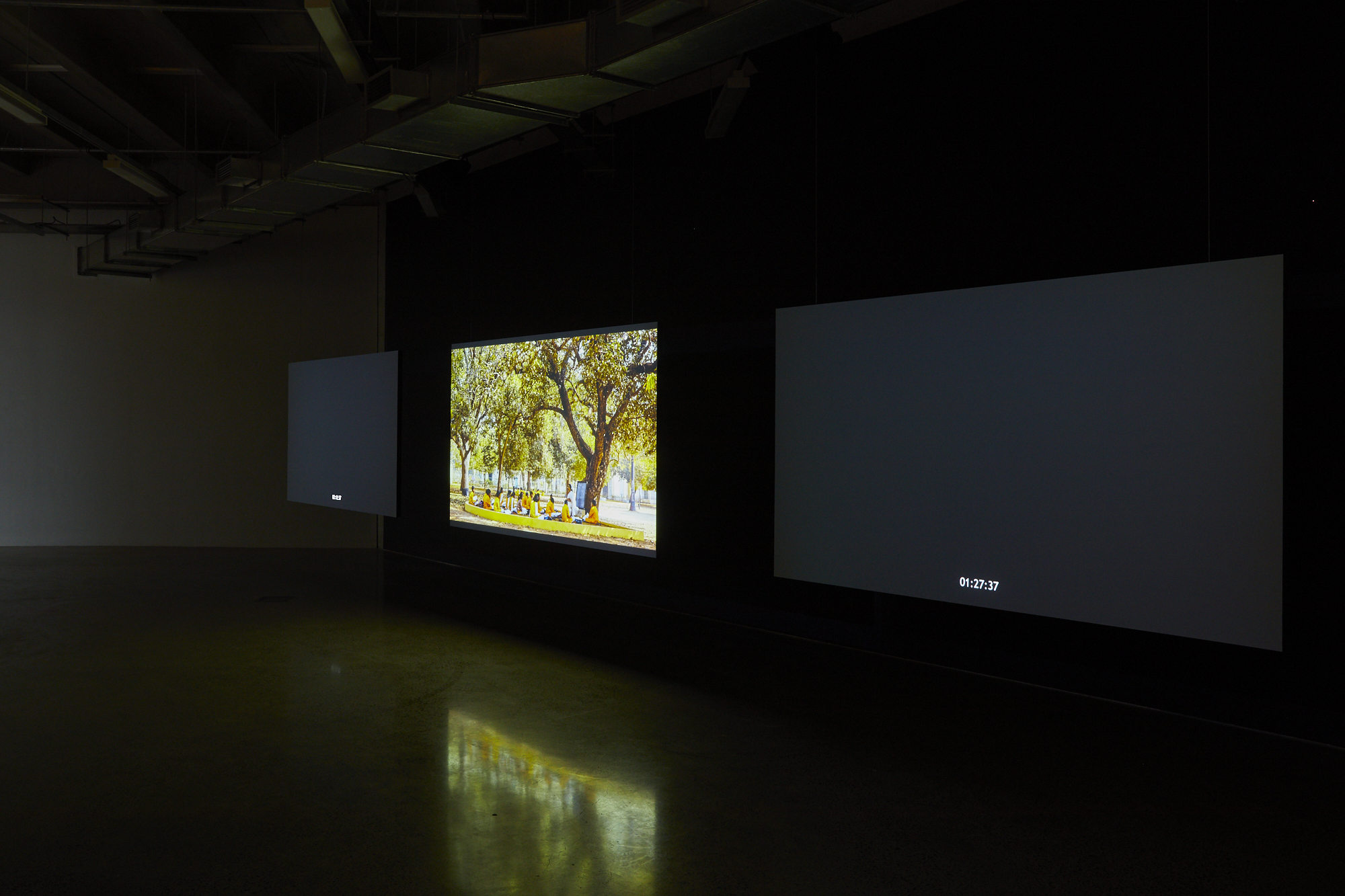
The Otolith Group, O Horizon, 2018. Single channel HD video, sound, 1hr 20min 10sec. Photo: Sam Hartnett.
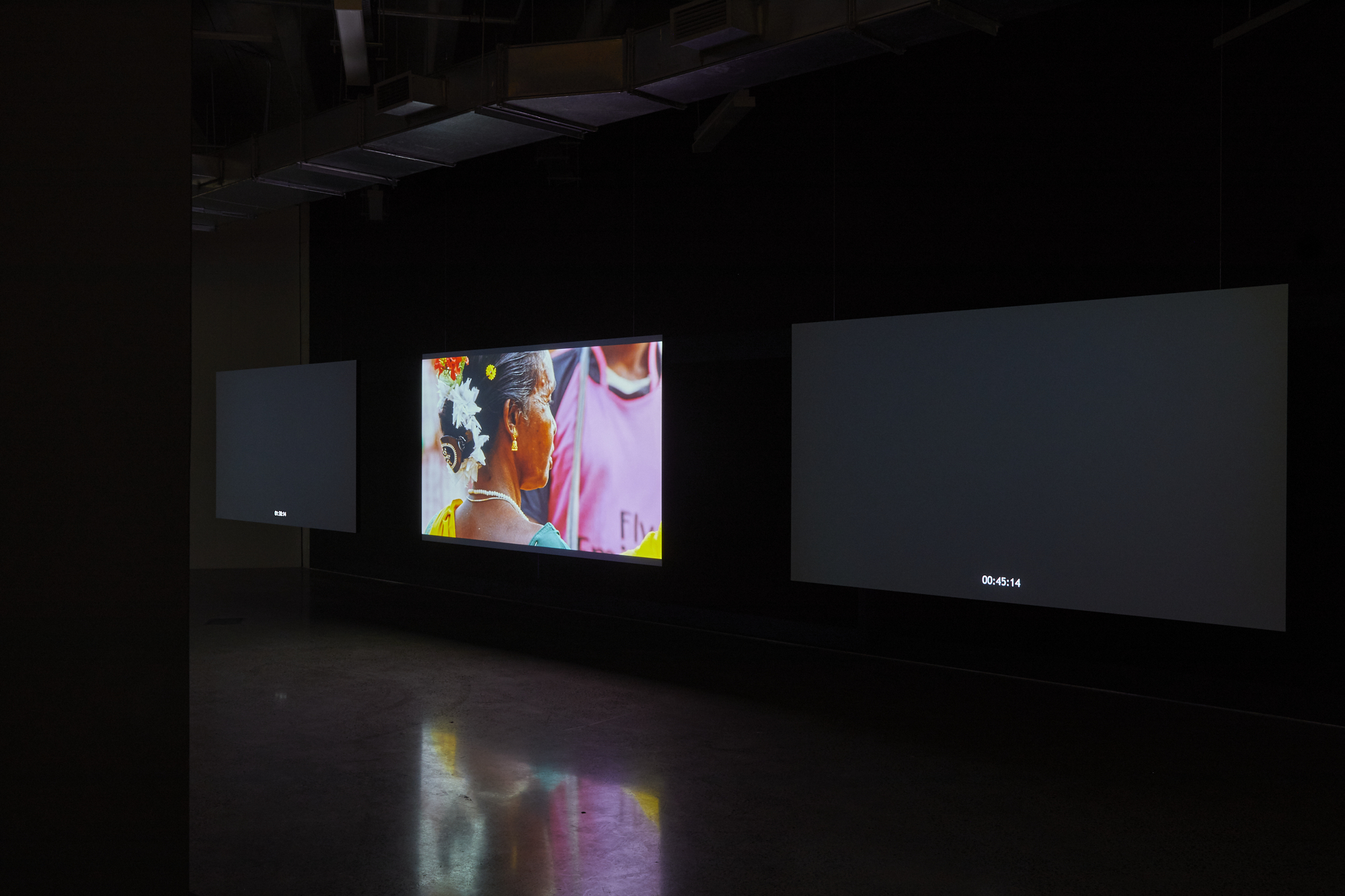
The Otolith Group, O Horizon, 2018. Single channel HD video, sound, 1hr 20min 10sec. Photo: Sam Hartnett.

The Otolith Group, O Horizon, 2018. Film still. Courtesy of the artists.

From left: Sriwhana Spong, The Painter-Tailor, 2019; Brook Andrew, Inconsequential I - VI, 2018. Photo: Sam Hartnett.
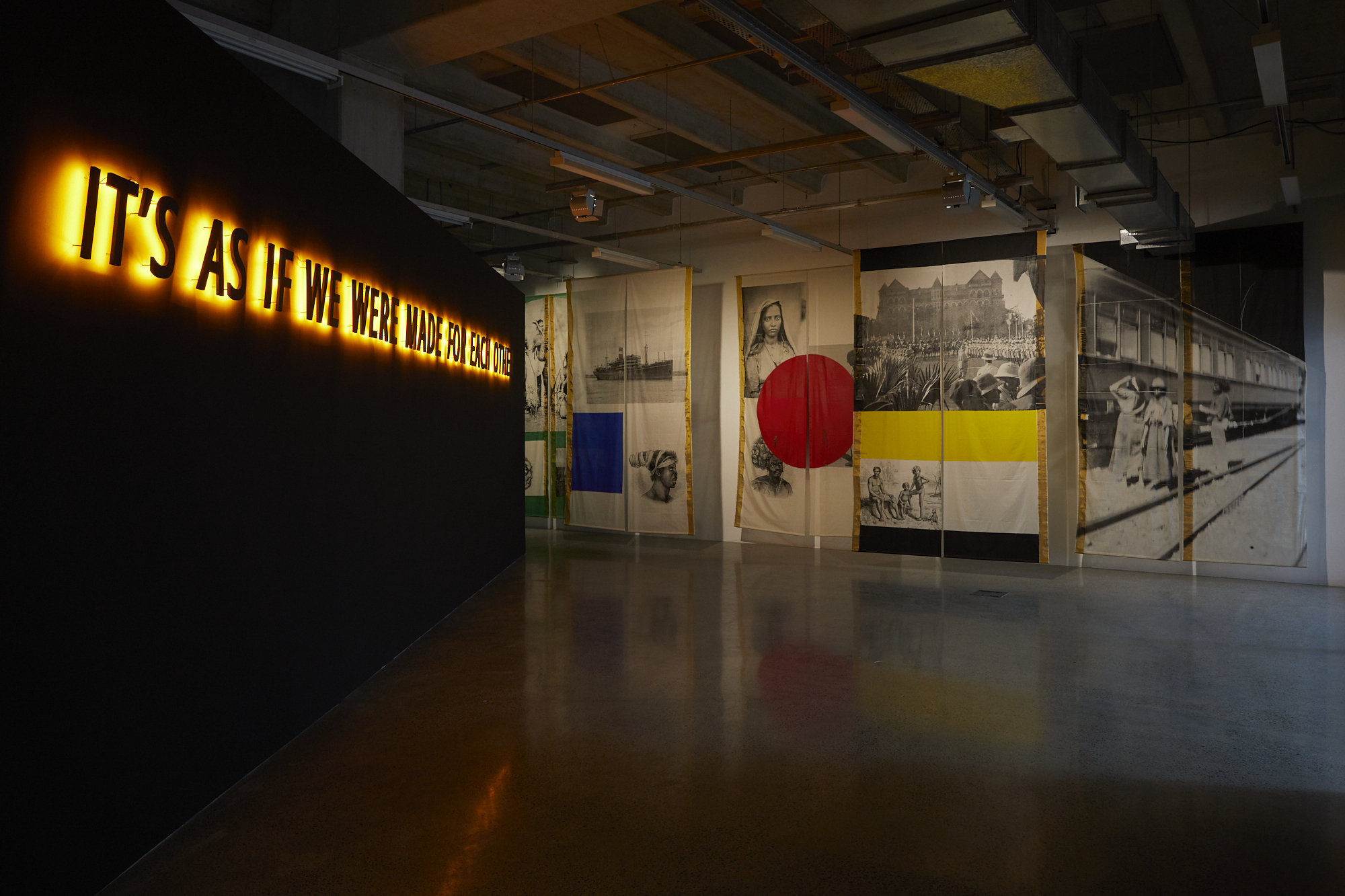
From left: Deborah Rundle, Made for Each Other, 2019; Brook Andrew, Inconsequential I - VI, 2018. Photo: Sam Hartnett.
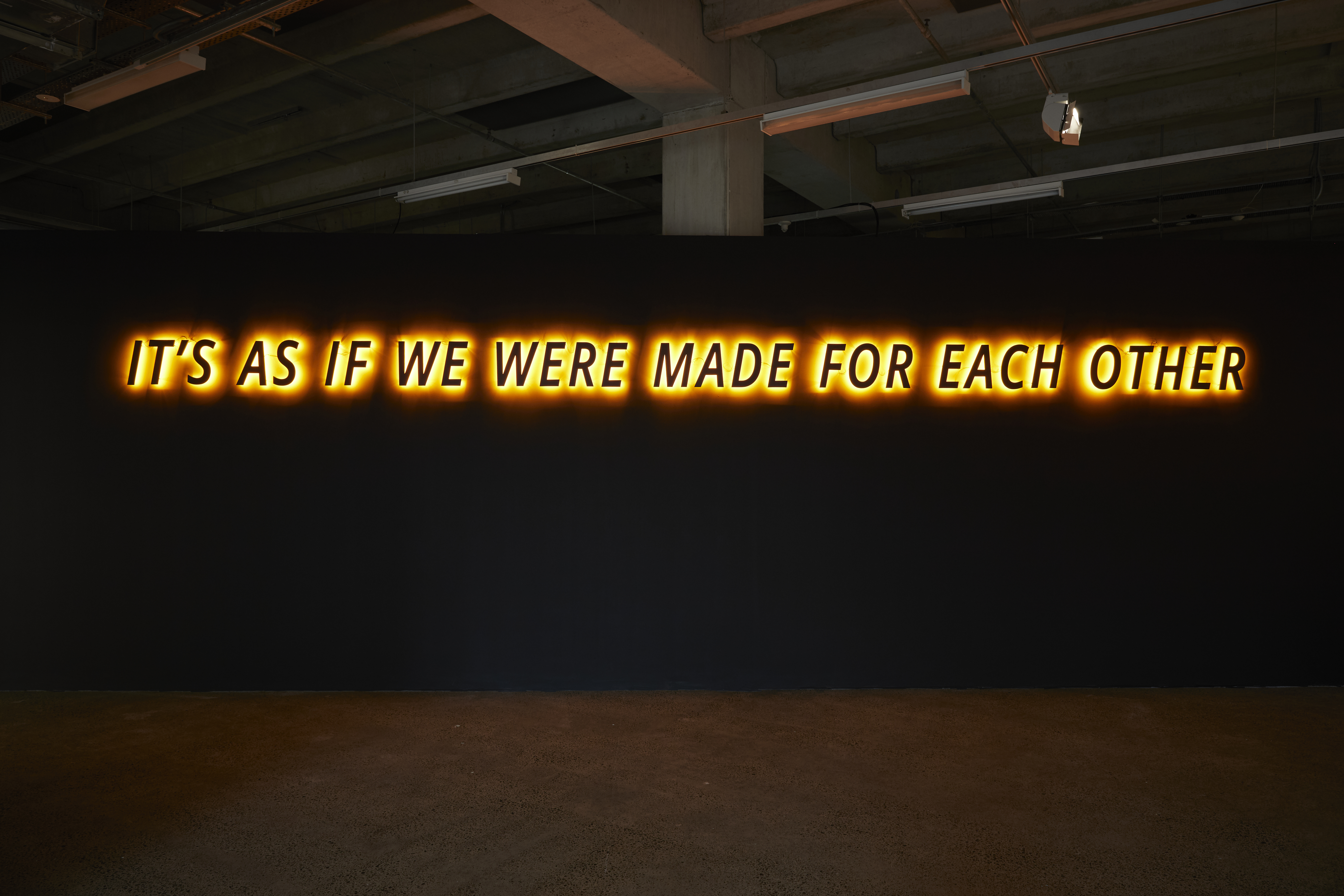 Deborah Rundle, Made for Each Other, 2019. MDF, paint, LED lights, electrical wires, transformers, dimmers. Photo: Sam Hartnett
Deborah Rundle, Made for Each Other, 2019. MDF, paint, LED lights, electrical wires, transformers, dimmers. Photo: Sam Hartnett
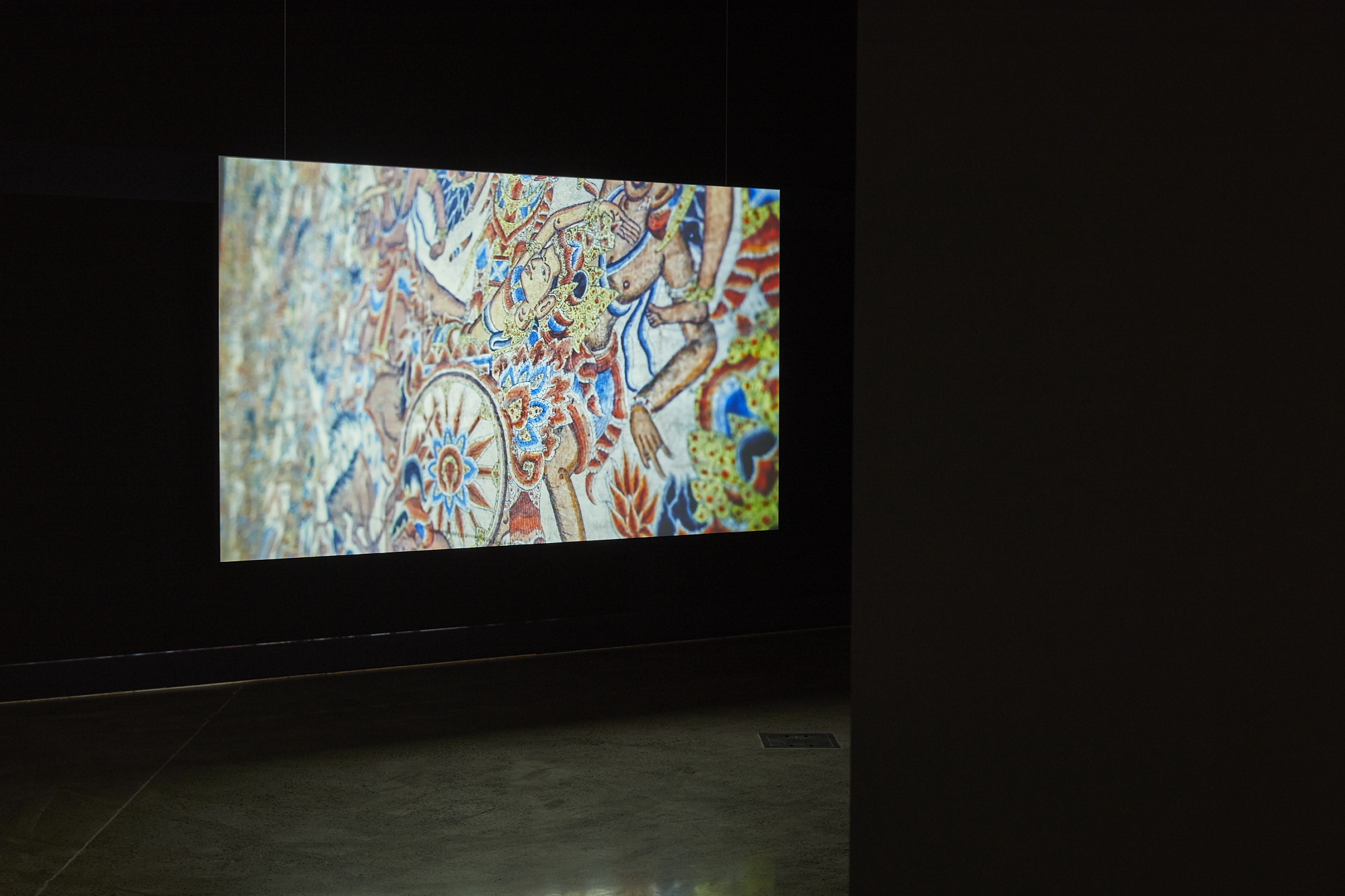
Sriwhana Spong, The Painter-Tailor, 2019. 16mm film transferred to HD video, digital video, iPhone video, 32mins 10sec, sound by Owen Pratt. Photo: Sam Hartnett

Sriwhana Spong, Death of Bhoma, 2019. Canvas, Indian ink, 375 x 320cm. Photo: Sam Hartnett
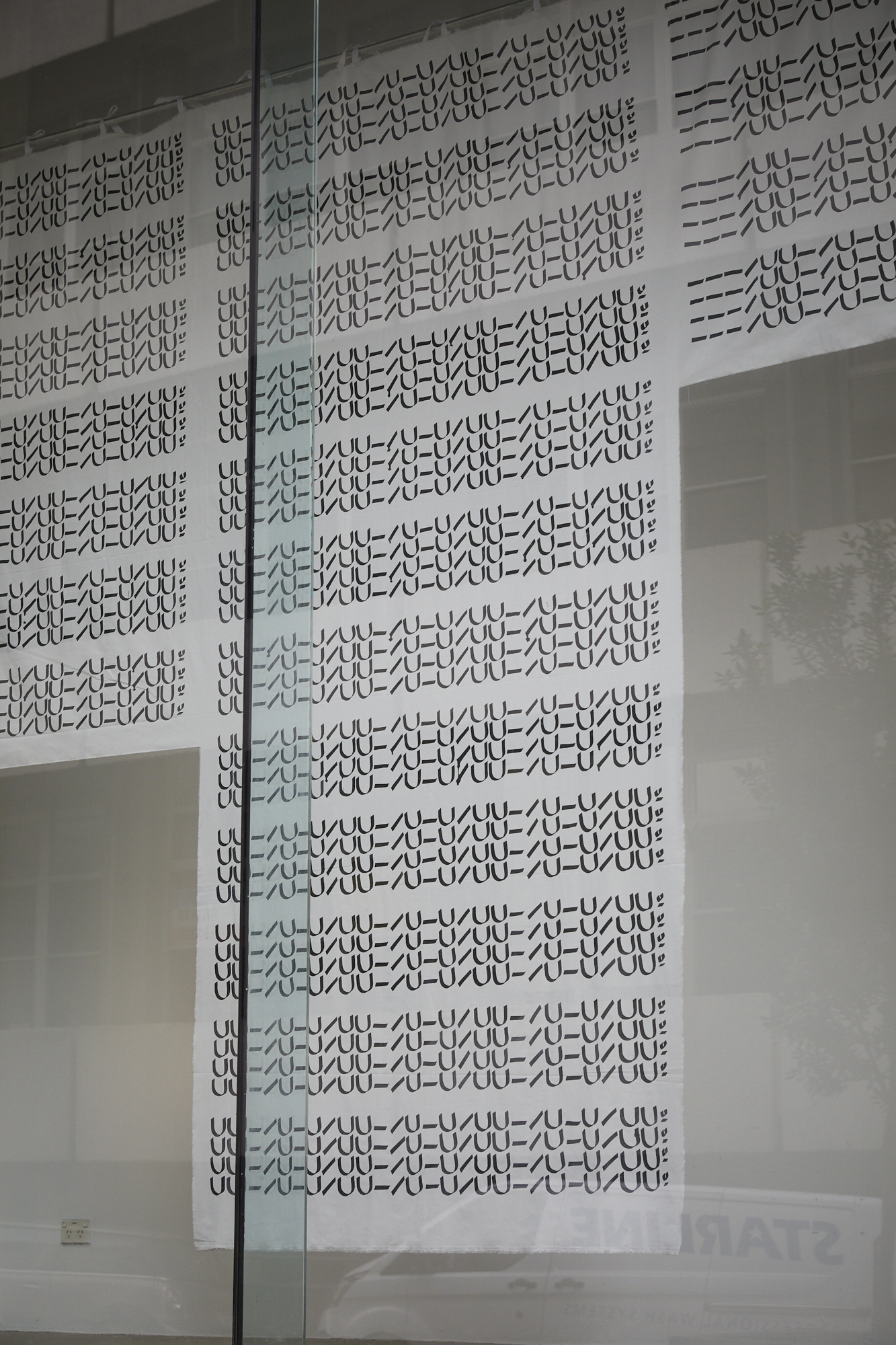
Sriwhana Spong, Death of Bhoma, 2019. Canvas, Indian ink, 375 x 320cm. Photo: Sam Hartnett
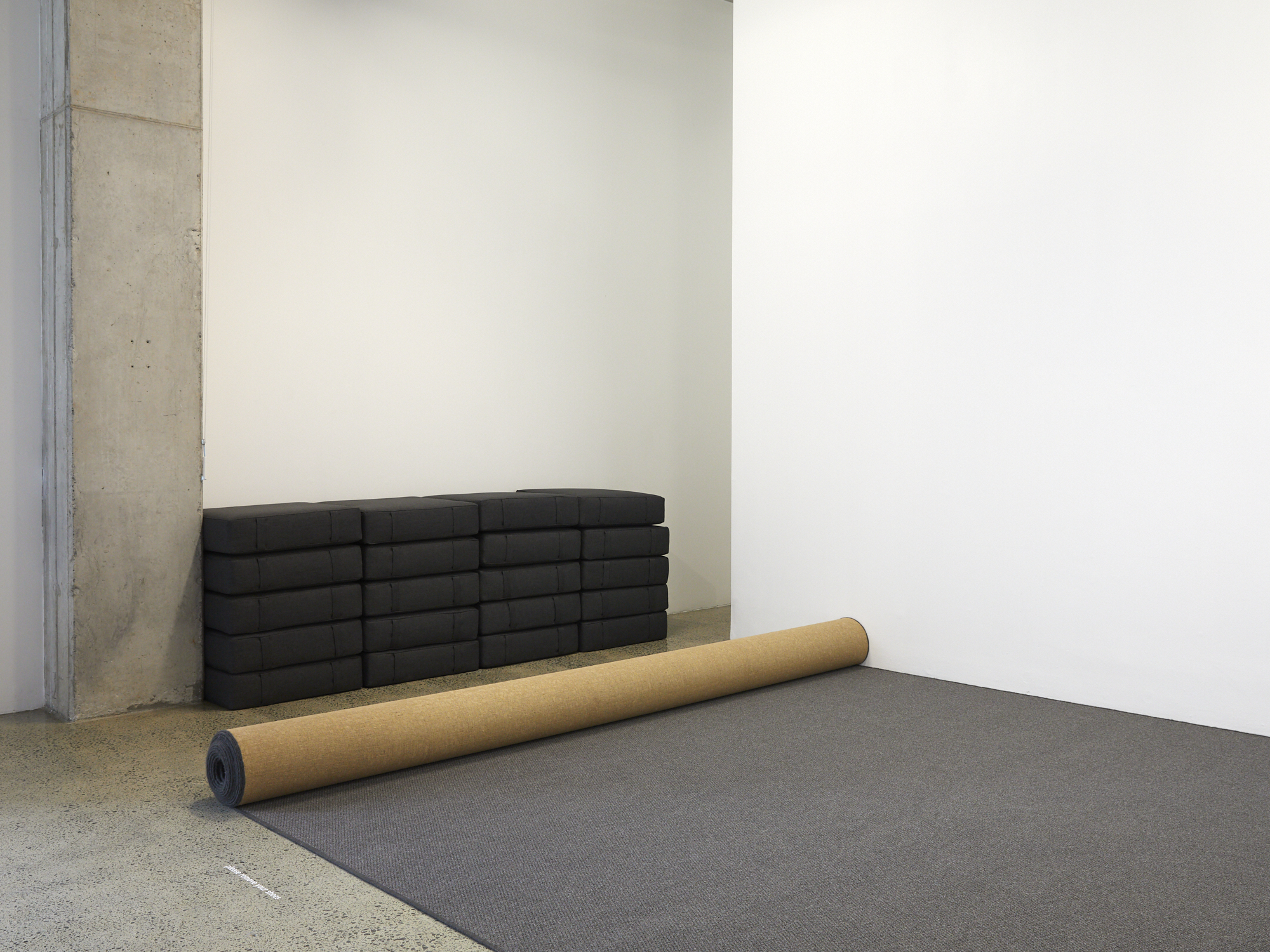
Chris Braddock with dialogue group, Invitation to Dialogue, 2018–ongoing. Photo: Sam Hartnett
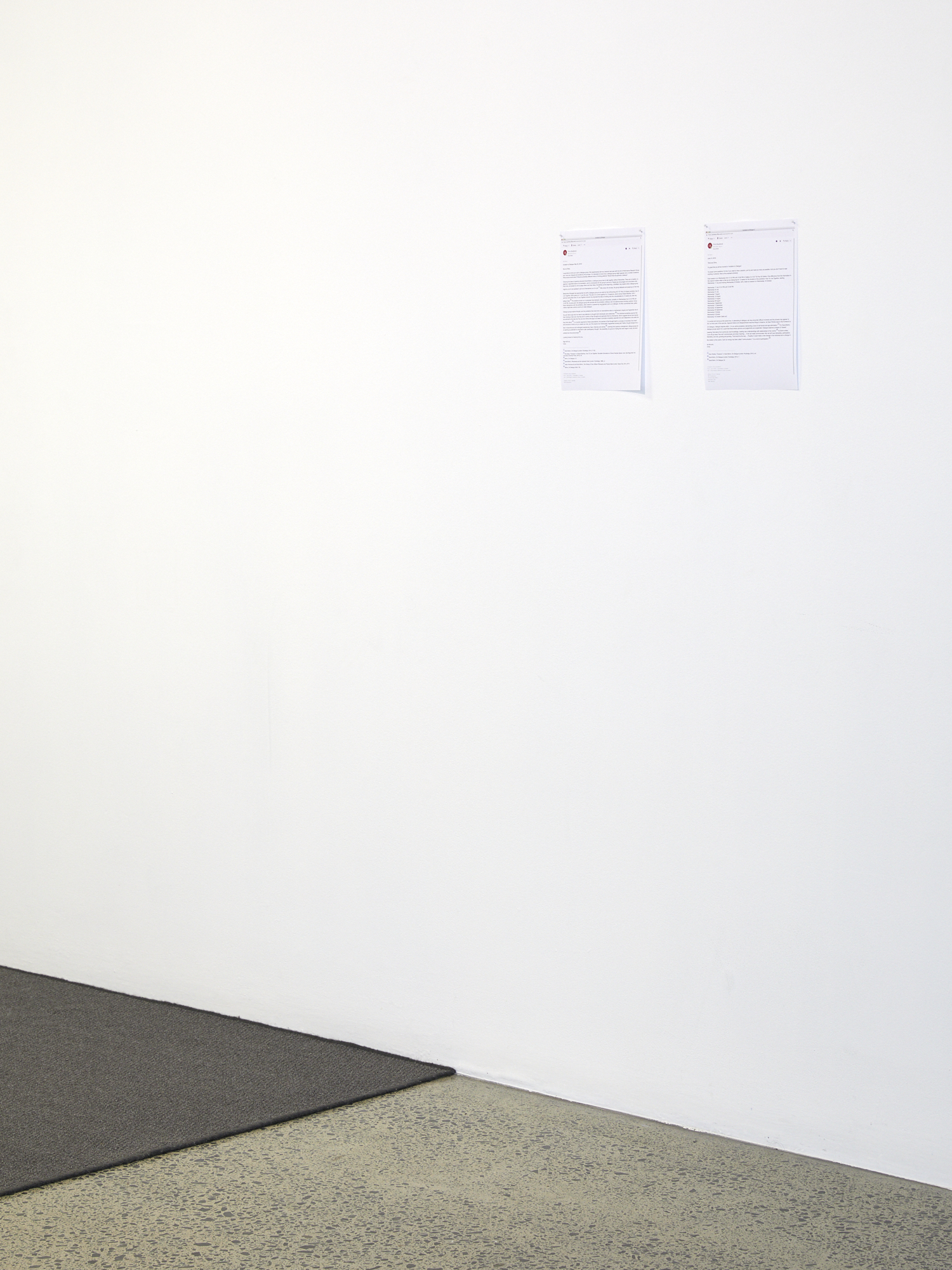
Chris Braddock with dialogue group, Invitation to Dialogue, 2018–ongoing. Photo: Sam Hartnett
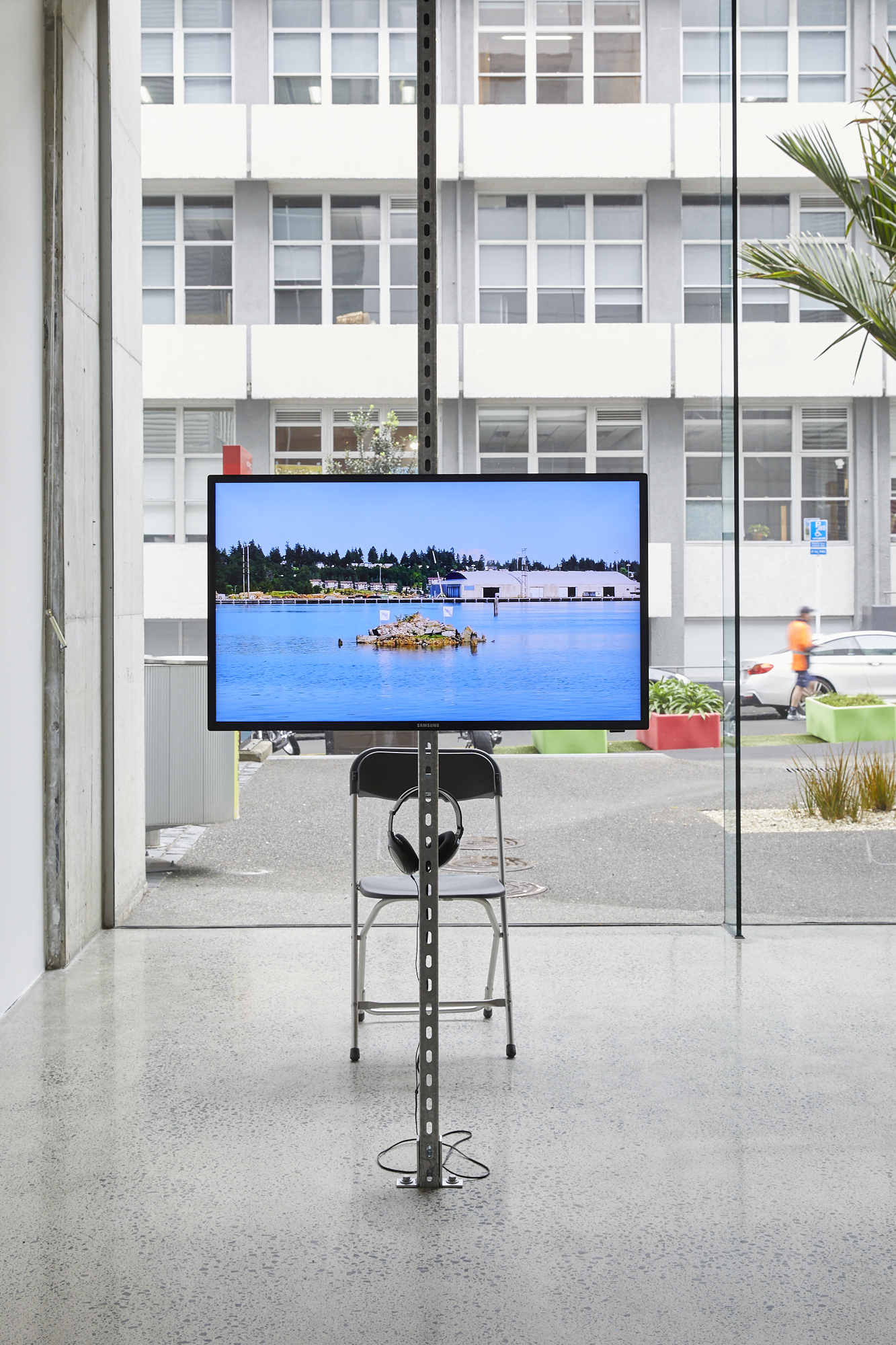
Sam Hamilton, Sovereignism, 2011. Single channel HD video, silent, 4min 18sec. Photo: Sam Hartnett.

Sam Hamilton, Sovereignism Amendment #1: The Footnote Asterisk, 2019. Single channel HD video, silent, 11mins 48sec. Photo: Sam Hartnett.
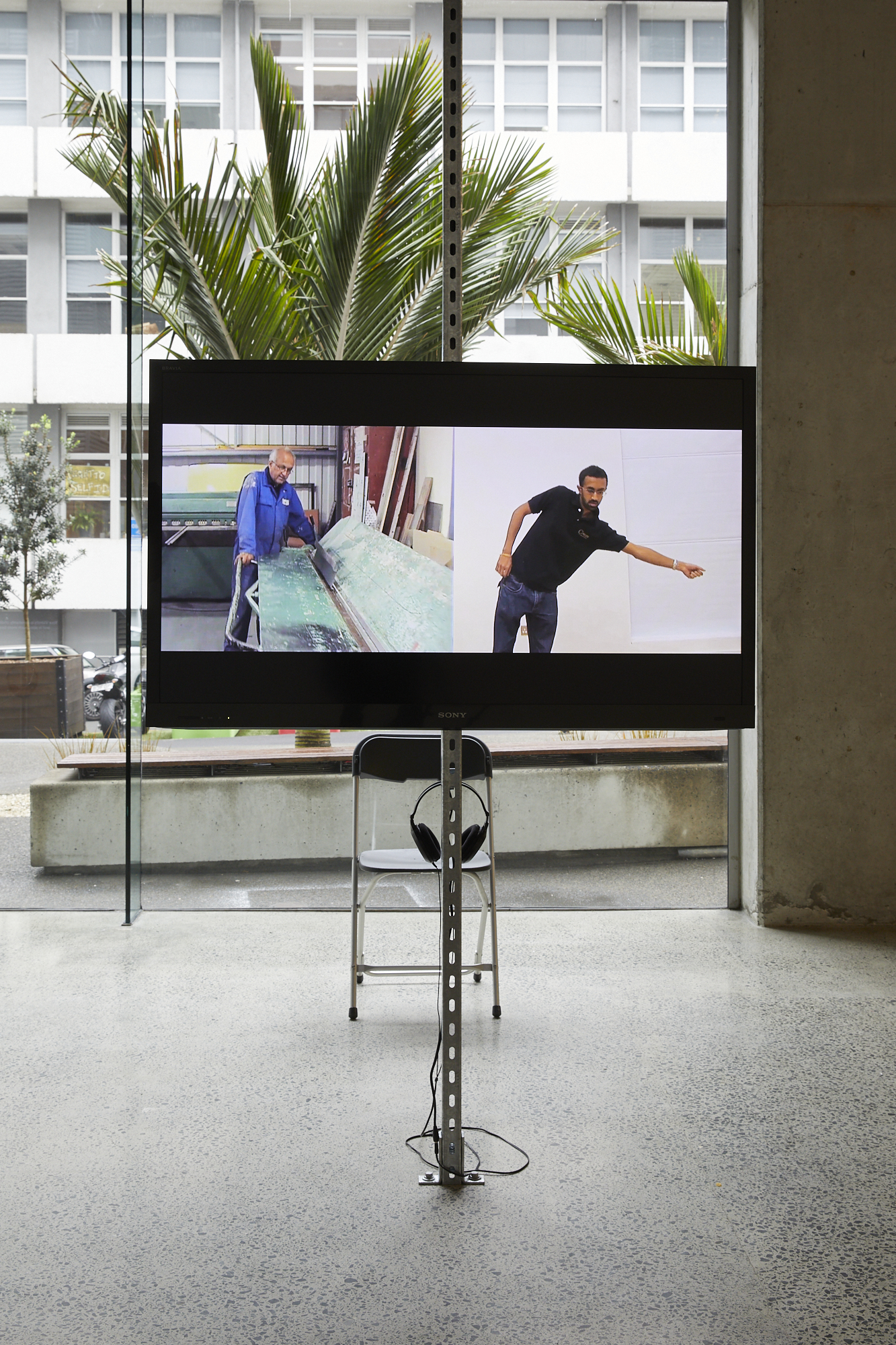
Hetain Patel, To Dance Like Your Dad, 2009. Two channel original transferred to single channel HD video, sound, 6min 16sec. Photo: Sam Hartnett.
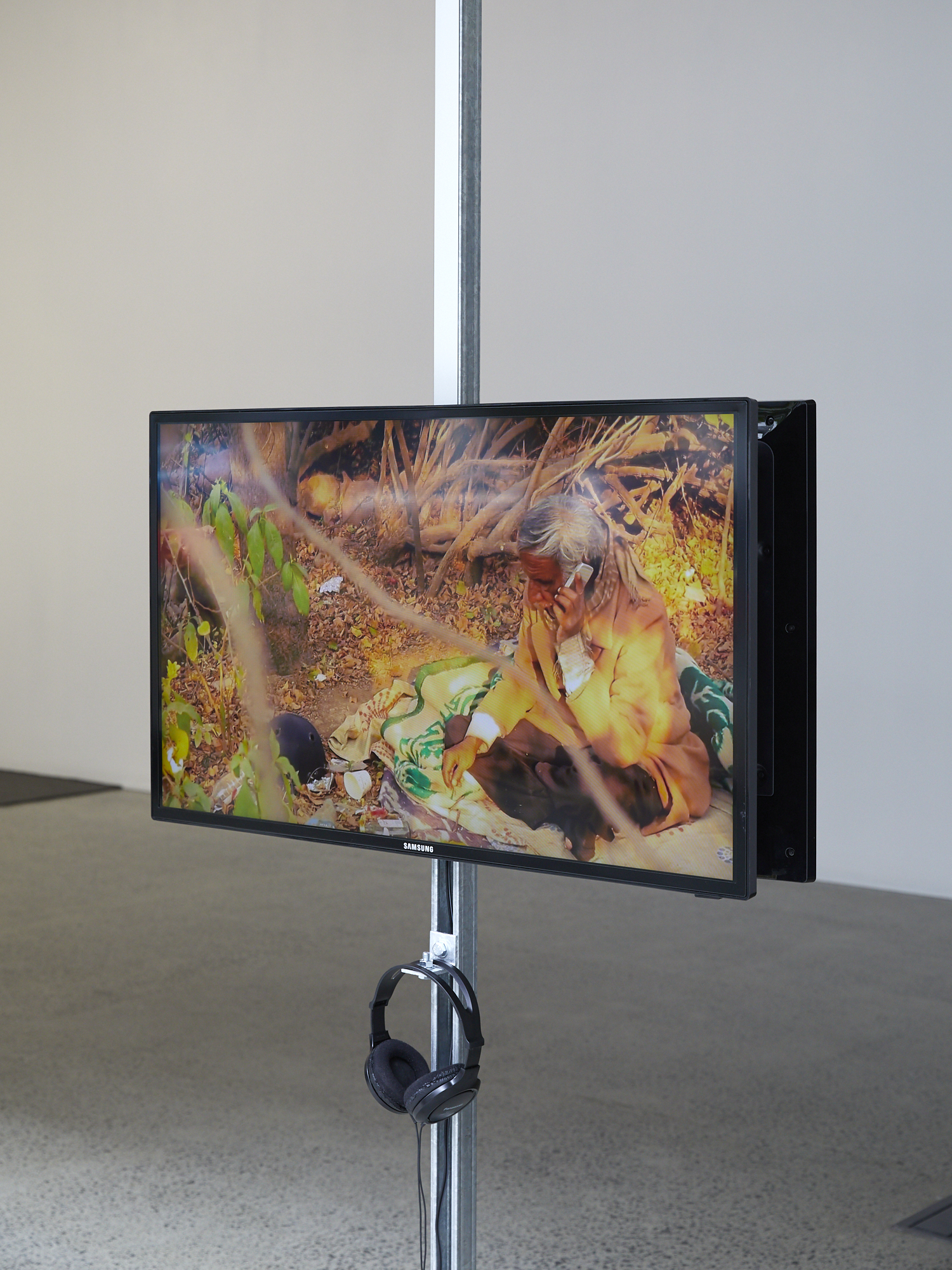
Pallavi Paul, Shabdkosh, ‘A Dictionary’, 2013. Single channel HD video, sound, 19mins 16sec. Photo: Sam Hartnett.
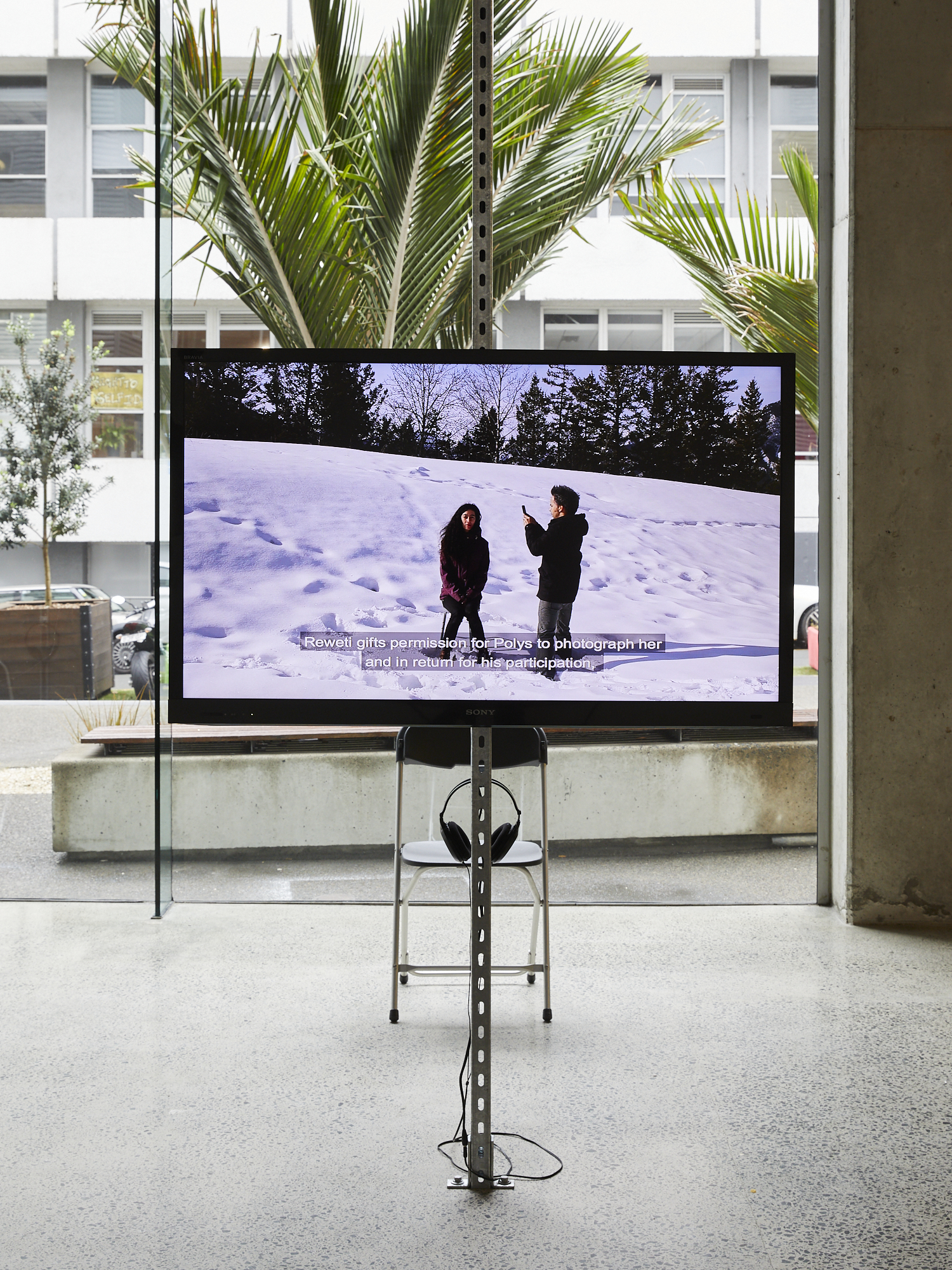
Bridget Reweti, Tauutuutu, 2016. Single channel HD video, sound, subtitled text, 13mins 18sec. Photo: Sam Hartnett.
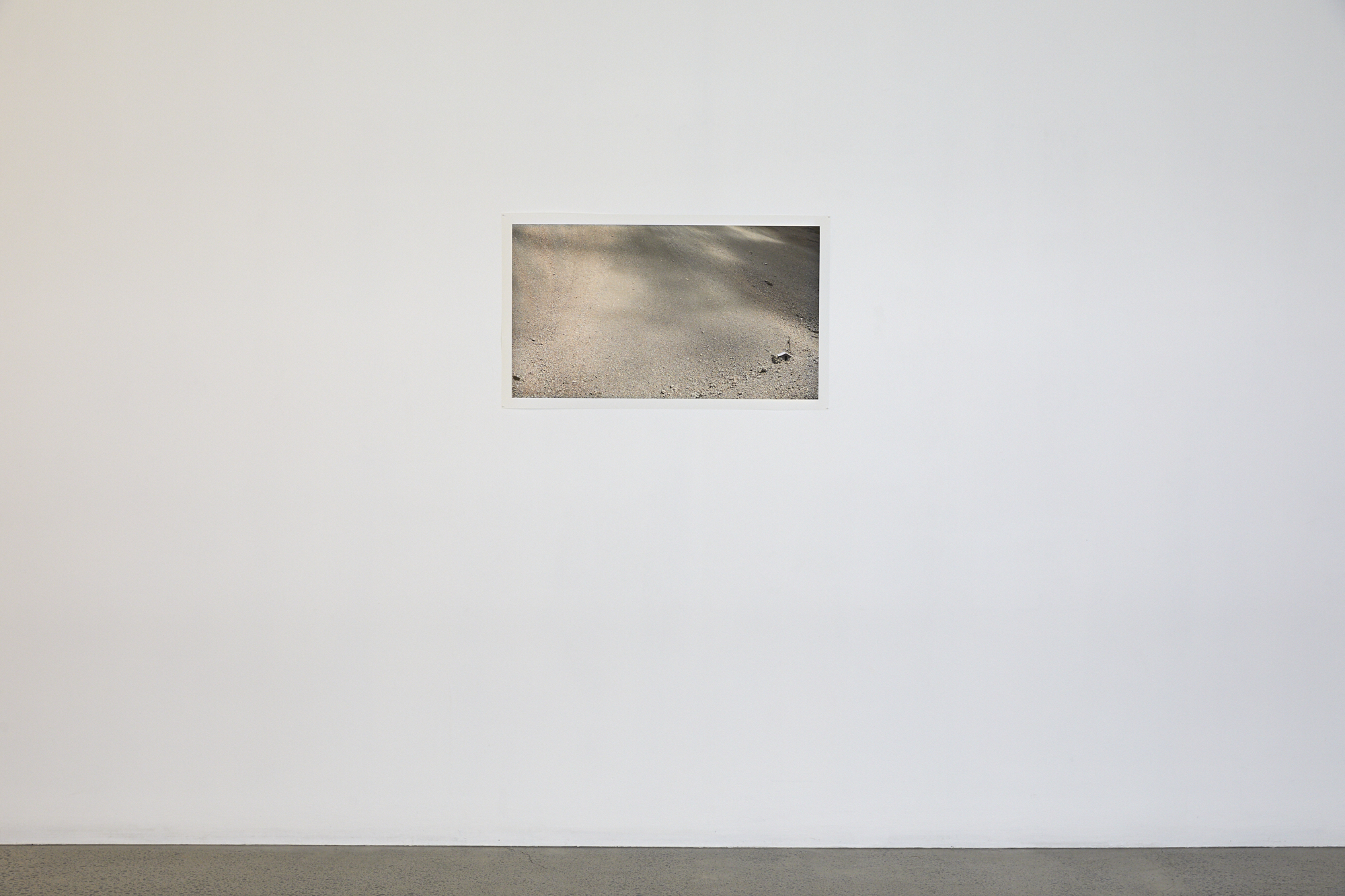
Bridget Reweti, Club Field series, 2019. Digital photographic prints, 85 x 48cm. Photo: Sam Hartnett.
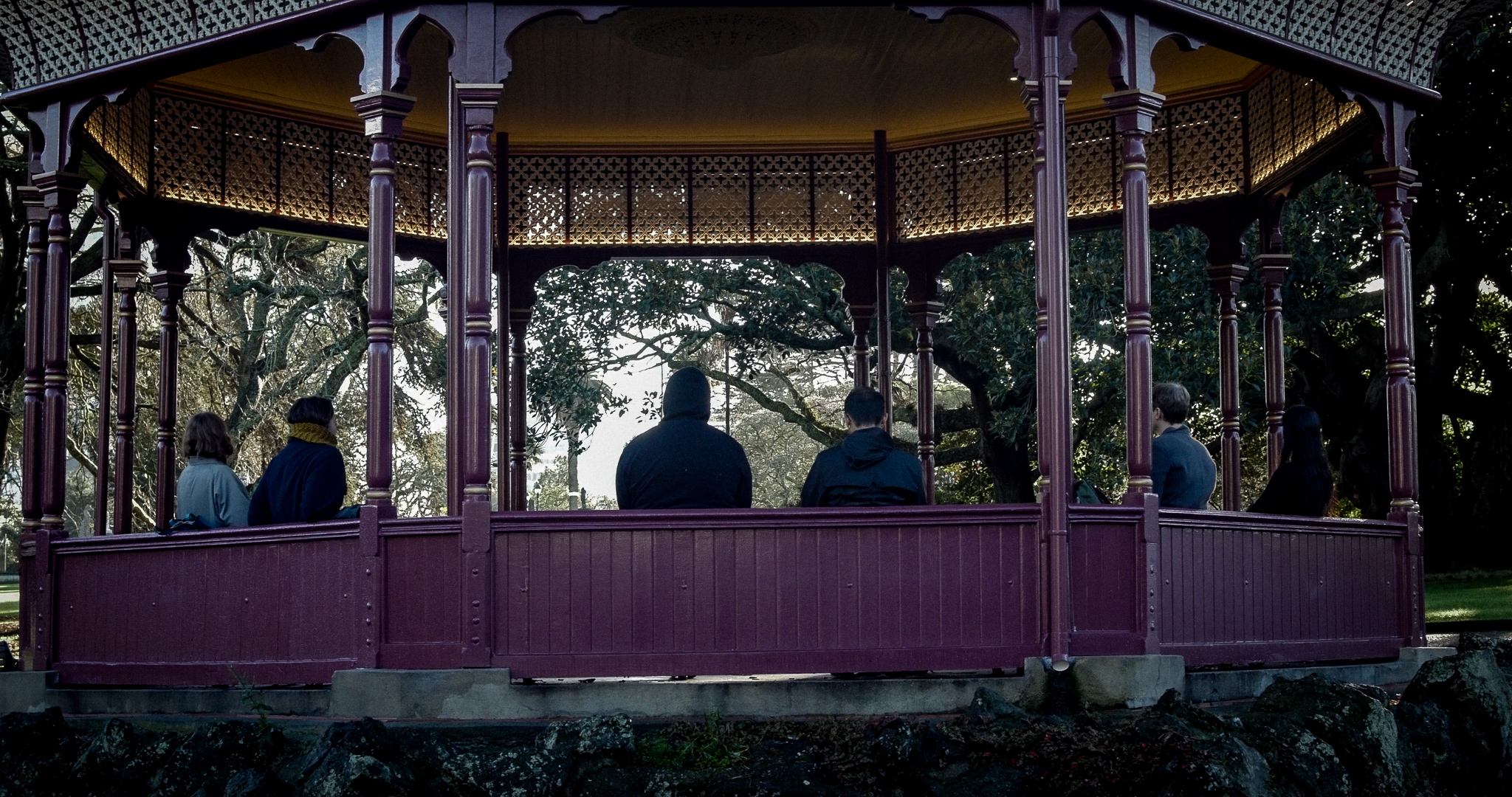
Kalisolaite 'Uhila, 5 Minutes, 2019. Photo courtesy of Robert George.
Emily Parr
"When we try to document something digitally, there’s a tendency to be exhaustive, to attempt a play-by-play of an event. The nature of analogue photography requires consideration and restraint, and the film becomes its own artefact, rather than just the record of an event.
During introductions in the first happenings of How To Live Together, I said I was there to participate as well as document, and that I wouldn’t photograph people’s faces because I didn’t want to inhibit anyone’s participation. Over the course of the show I came to know the other participants through the repetition of gatherings, and became more relaxed about who and what I was photographing.
The photos aren’t trying to be a collective documentation, but are specific to my own experience of participation: a sock colour combination that interested me, or my great-great-grandmother’s image in a ritual. The photograph from 12.10pm on December 2nd (the time of Dialogue) was taken from my bed, where I was recovering from an illness. The happenings of How To Live Together strung three months together: I organised my schedule around them, had my research project moved by them, and became part of the criss-crossing of relationships formed by them." – Emily Parr in conversation with Chris Braddock.
